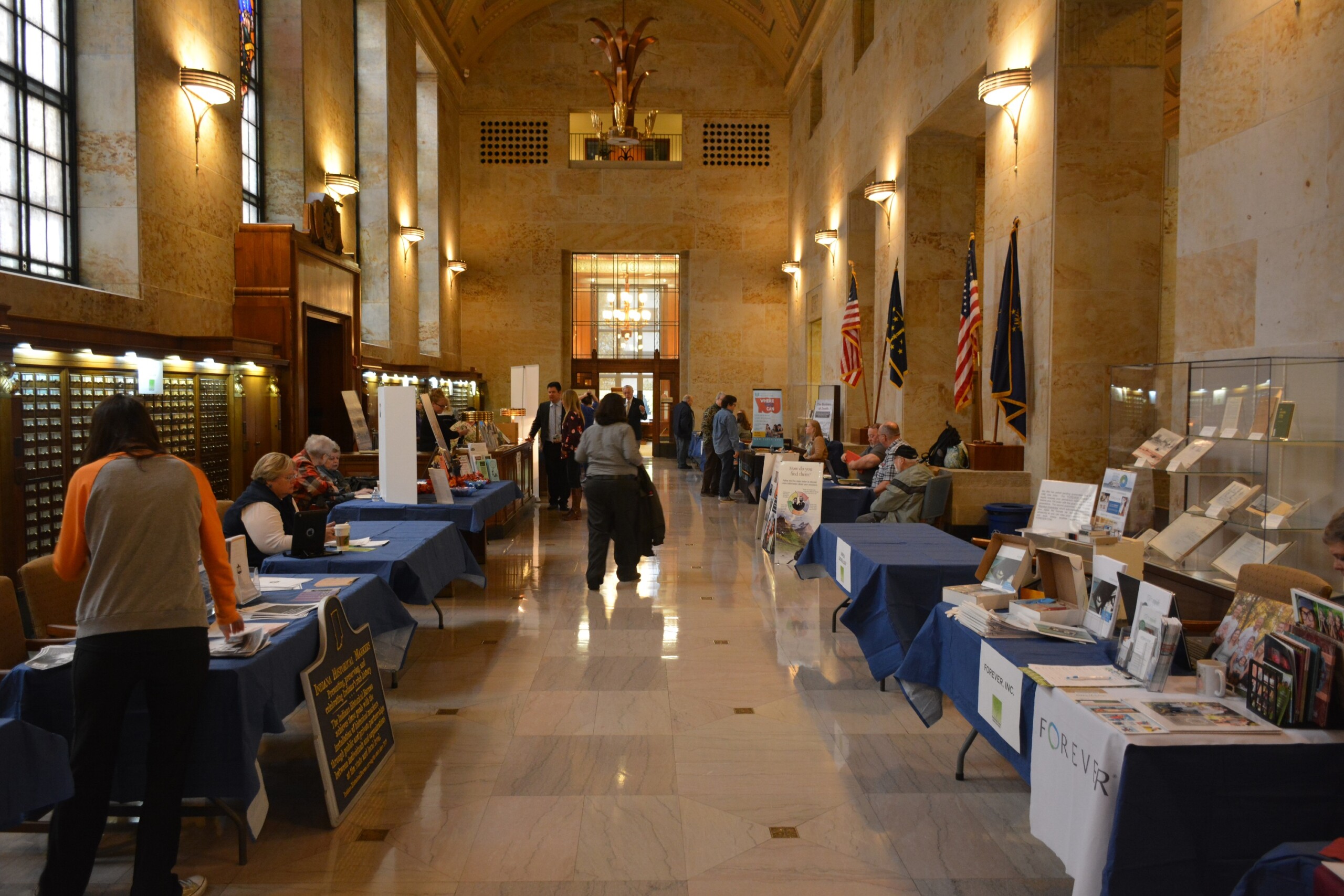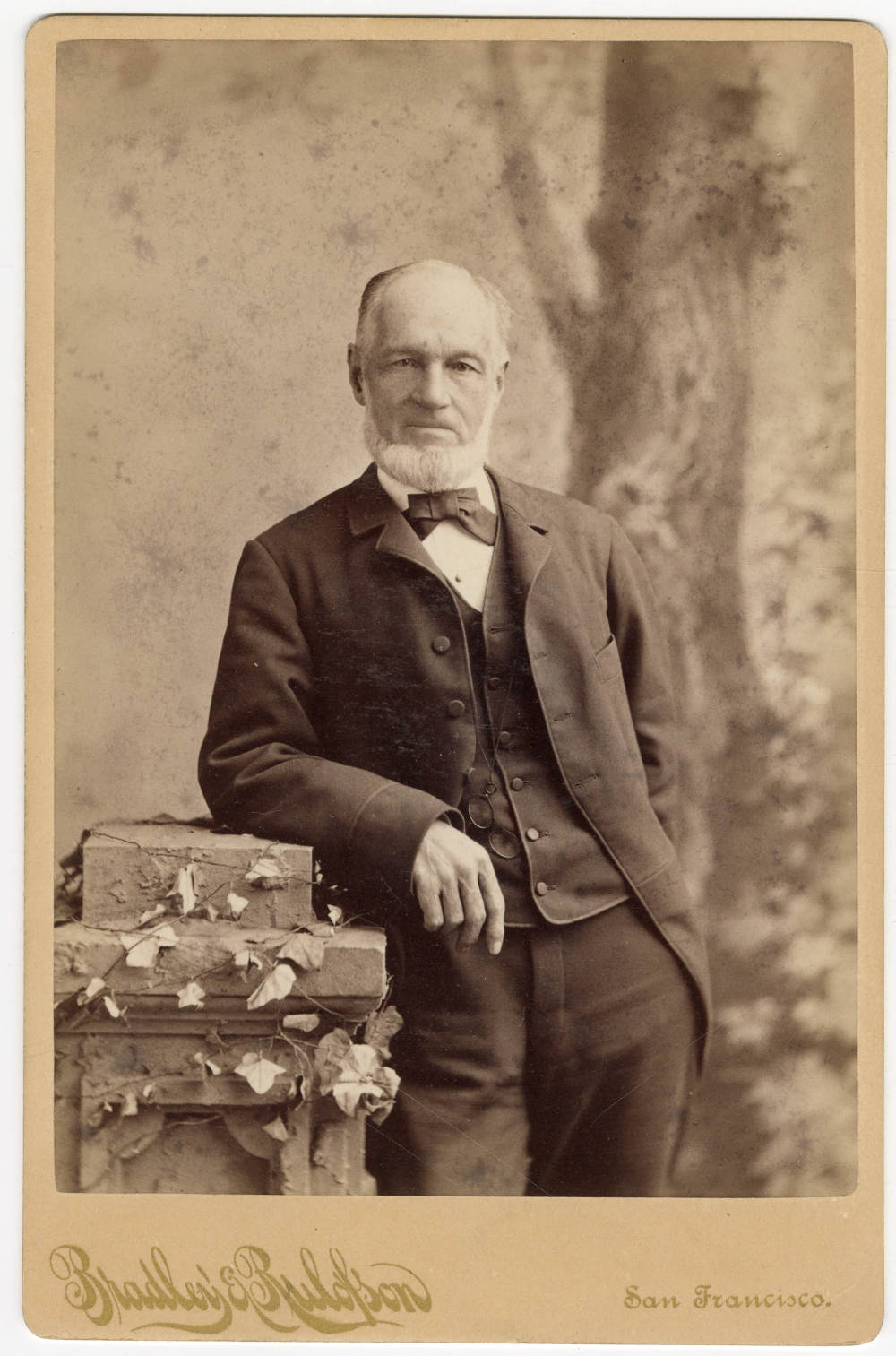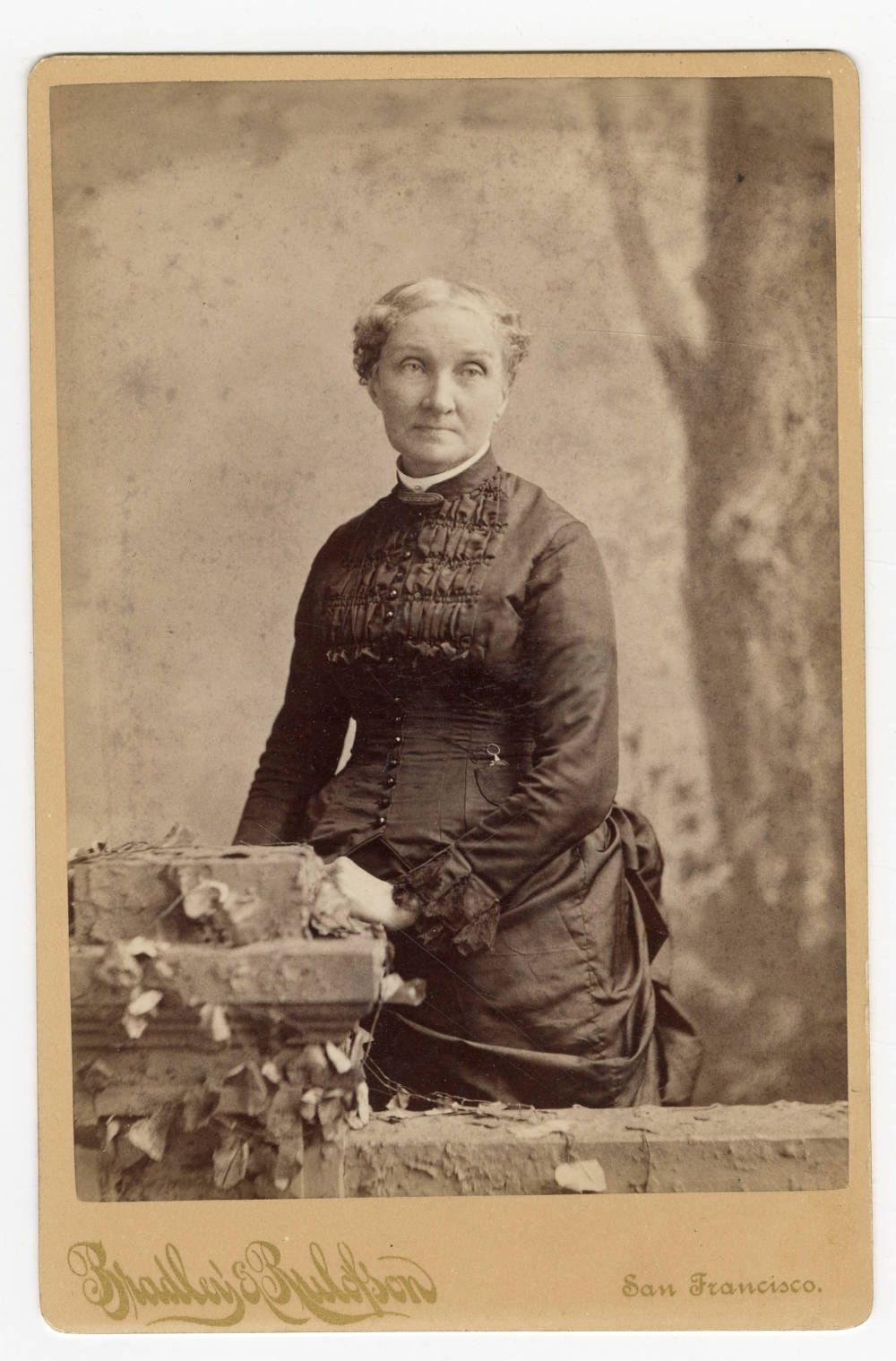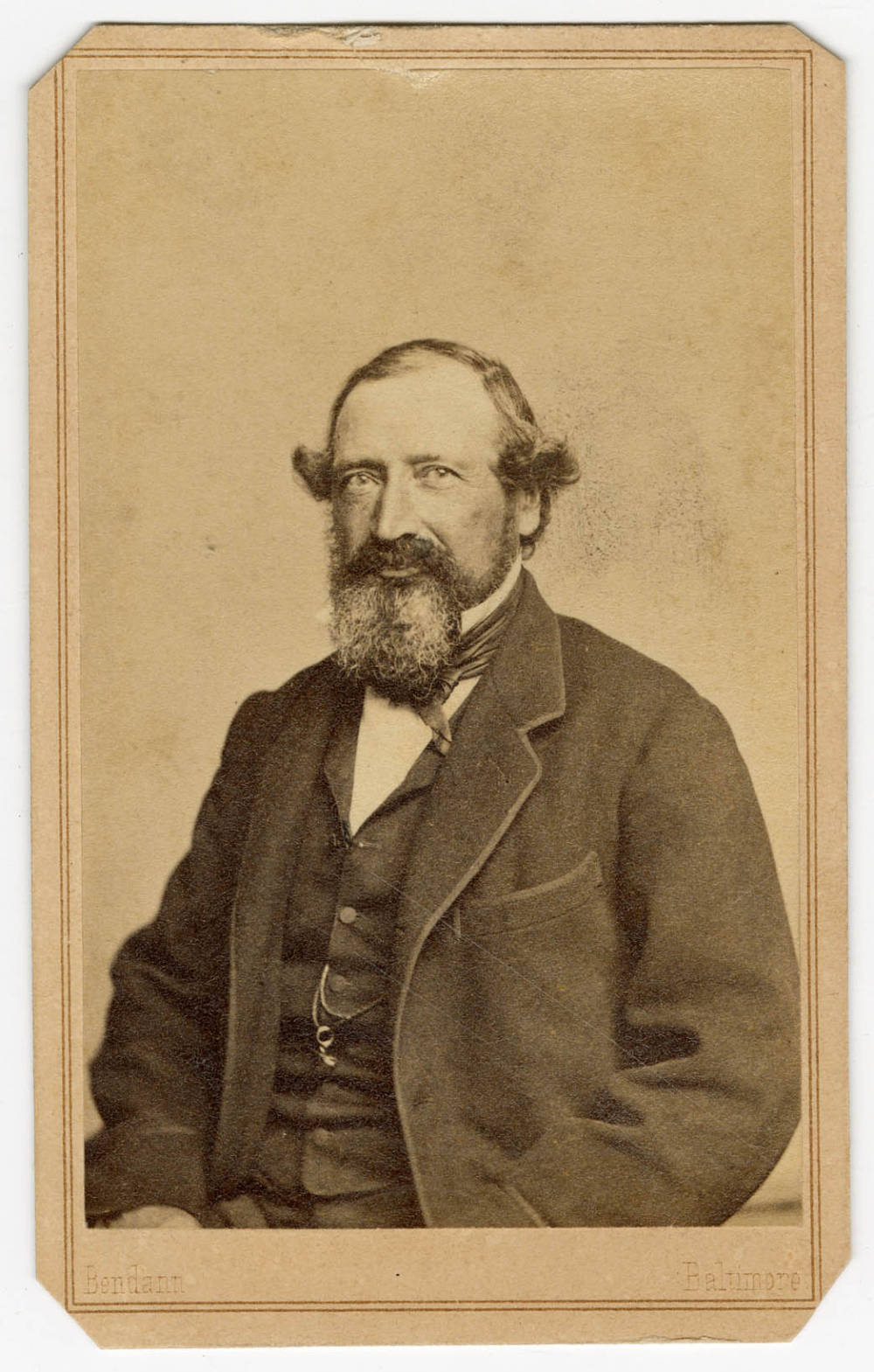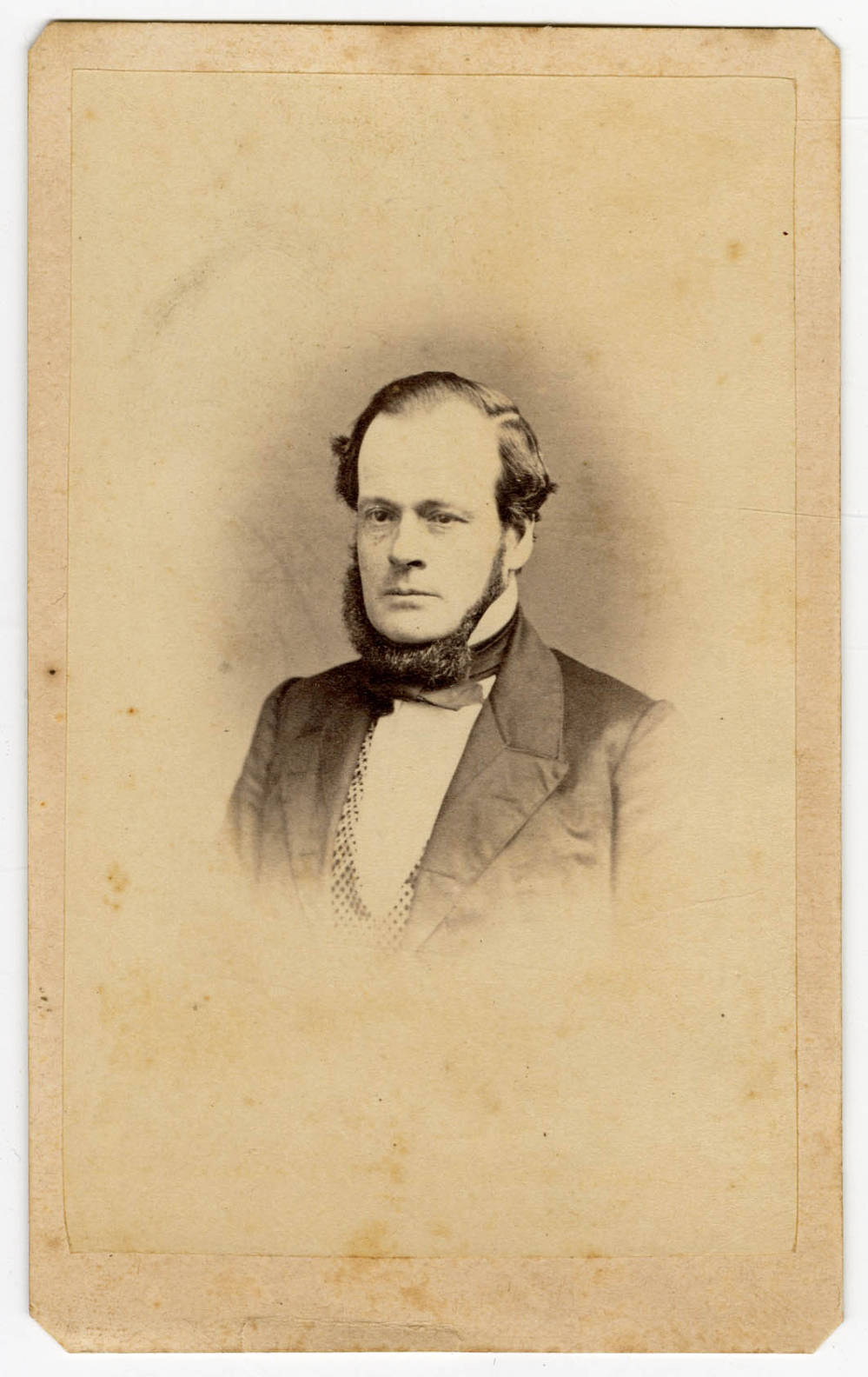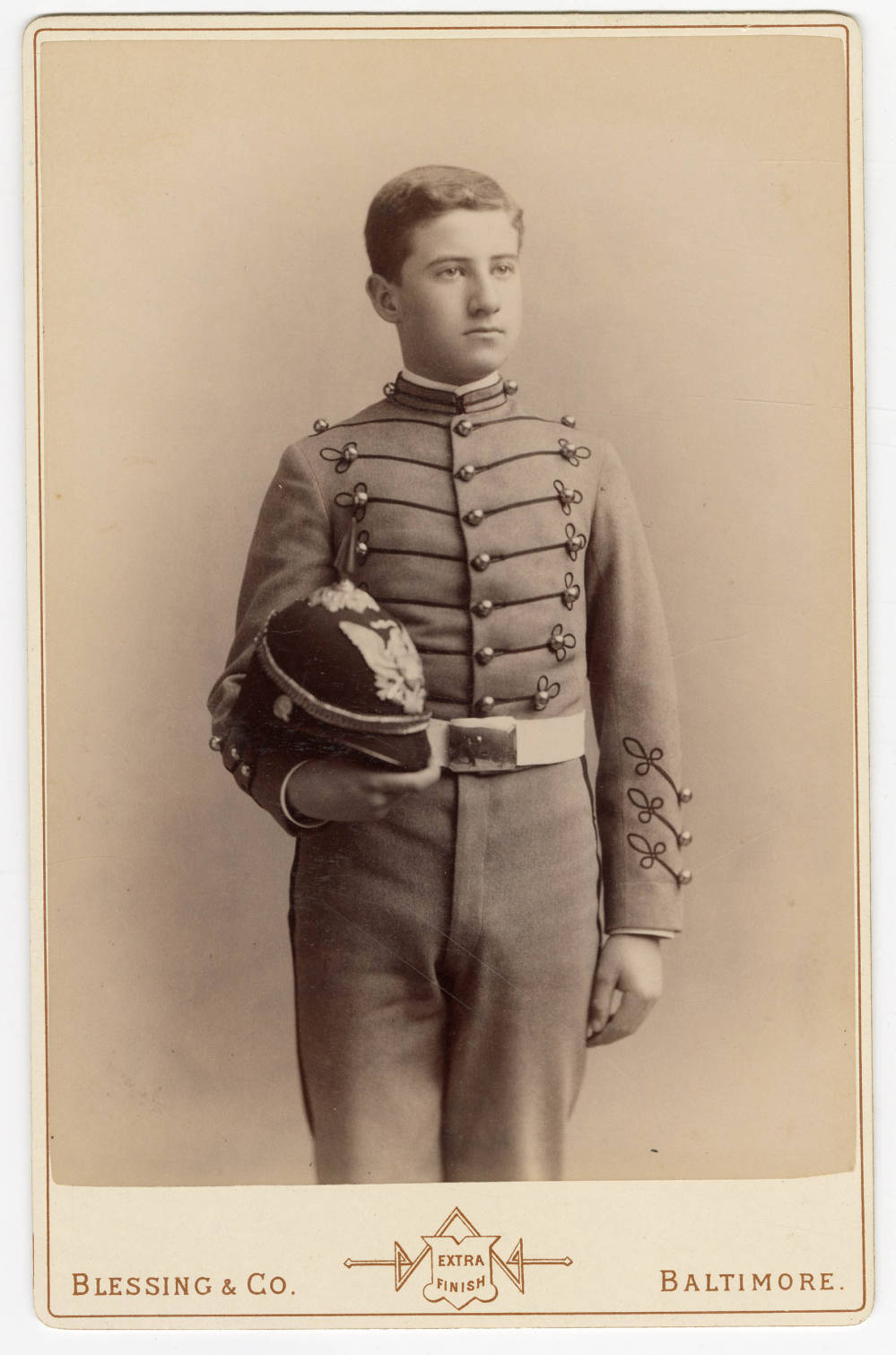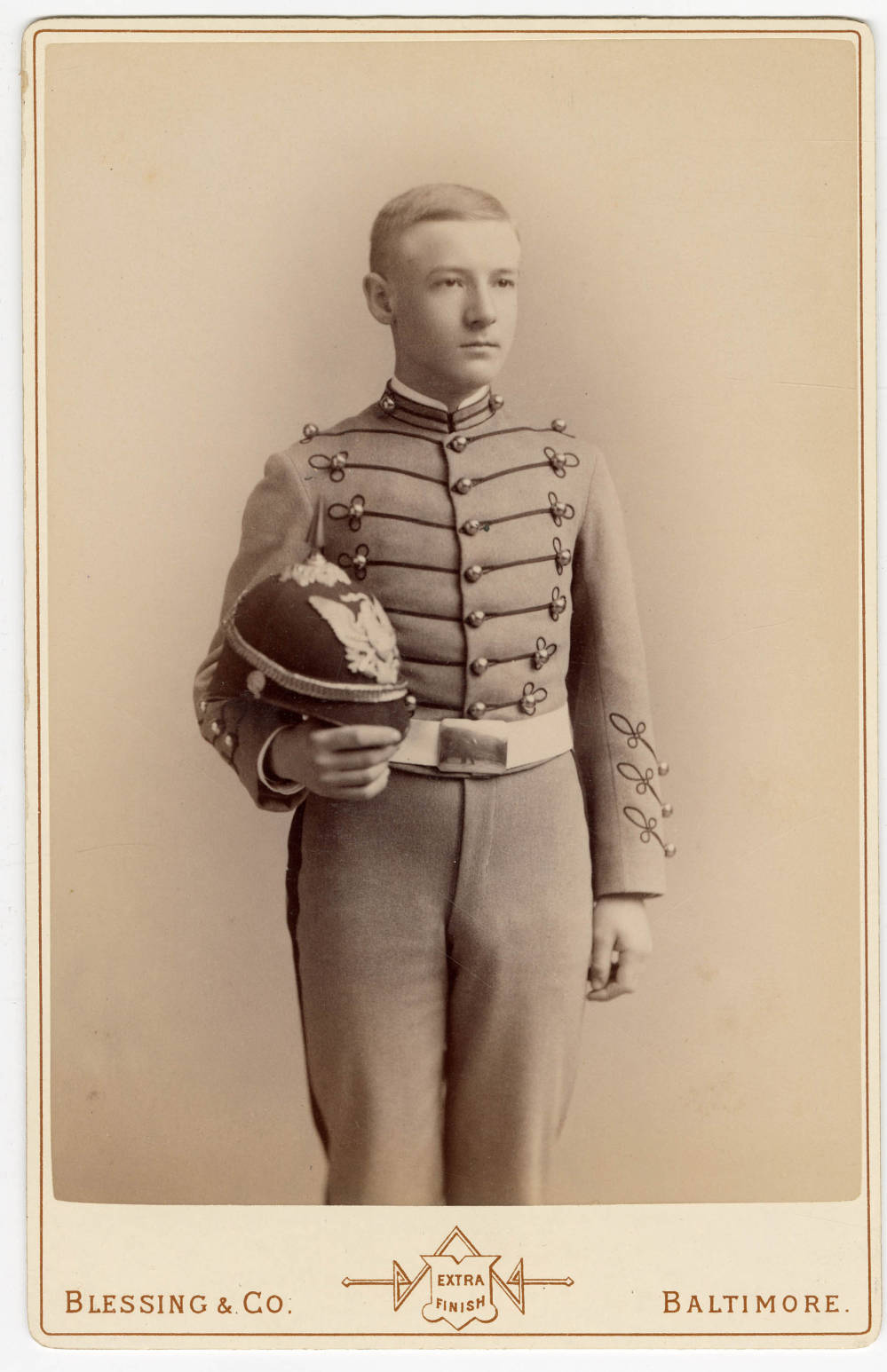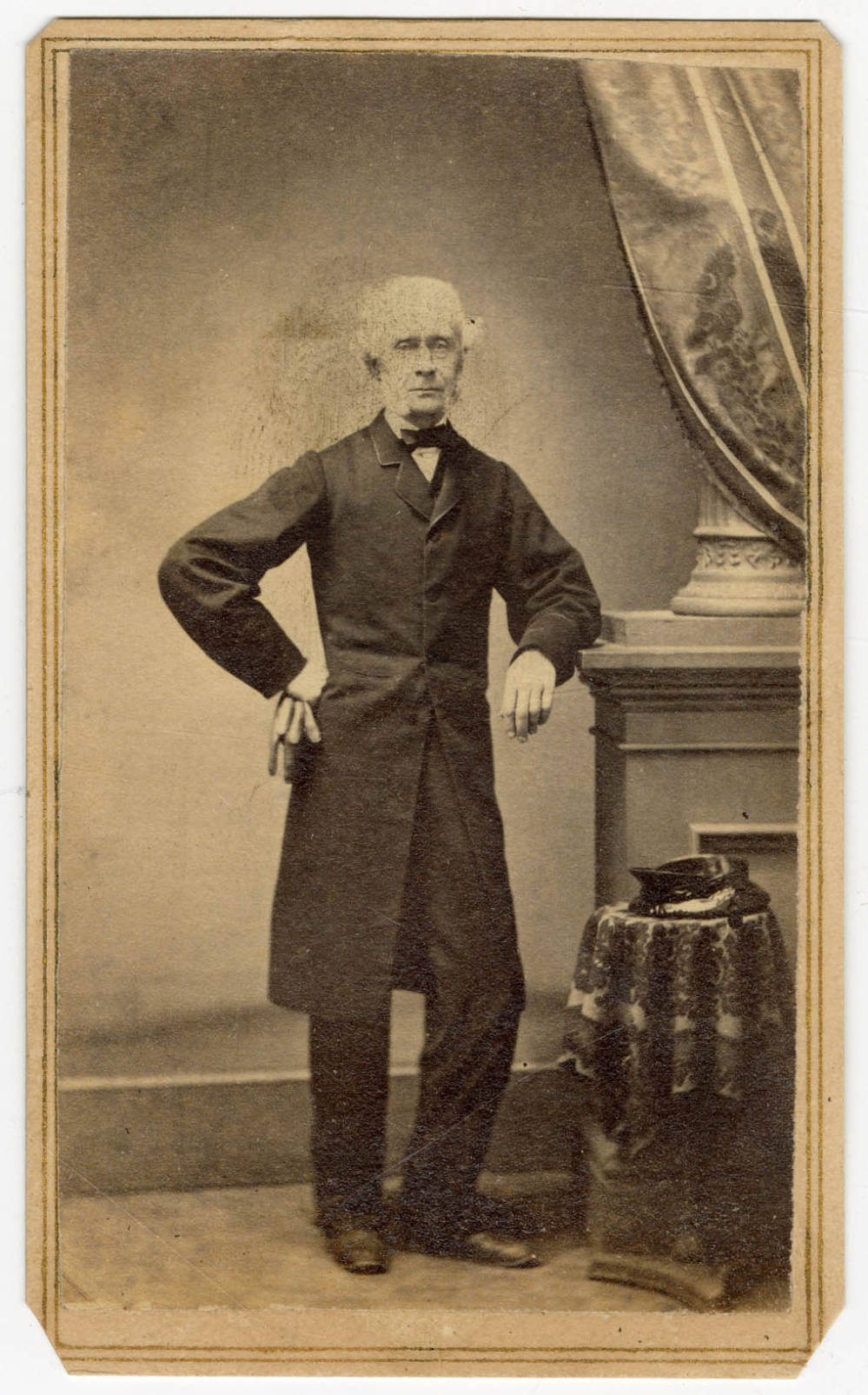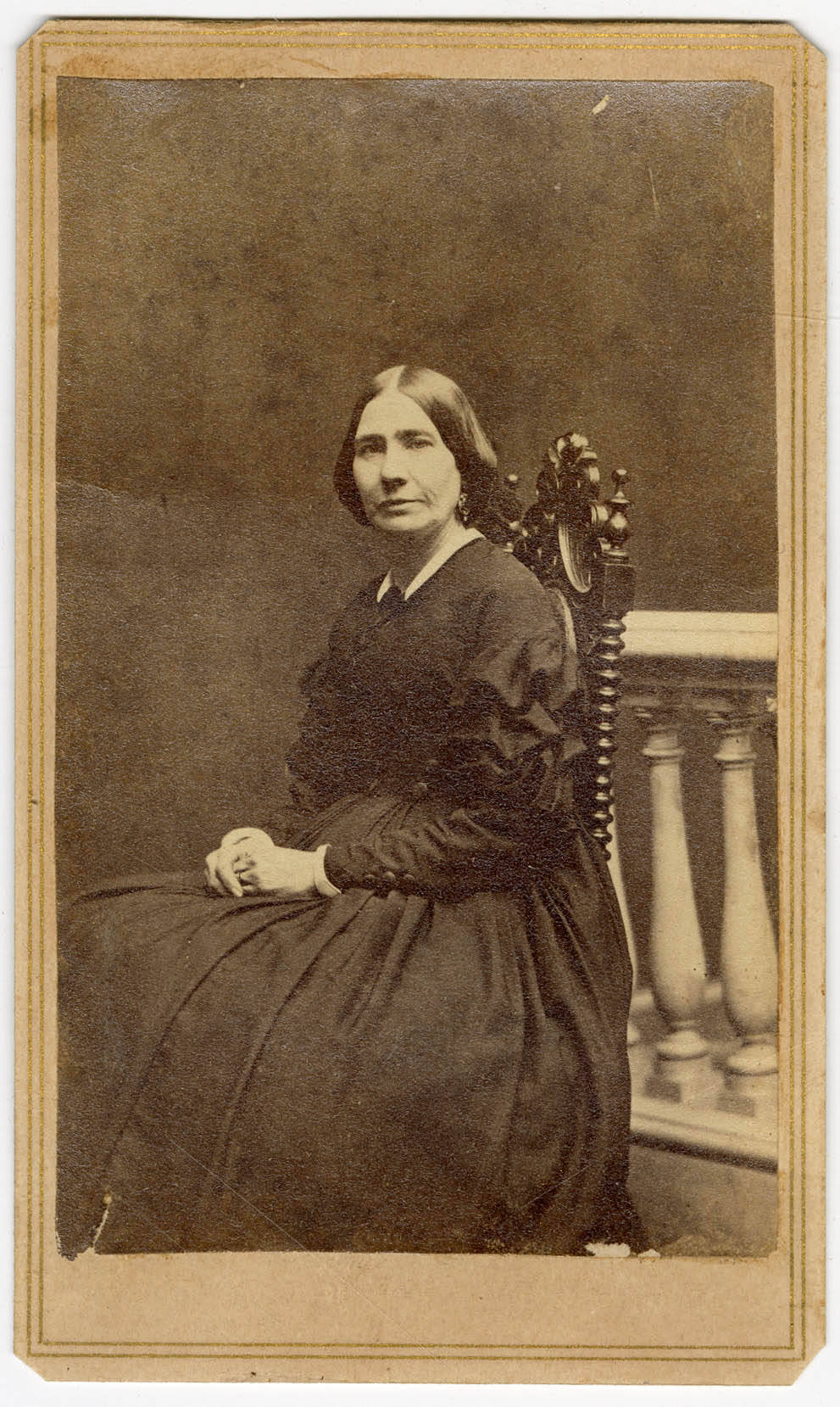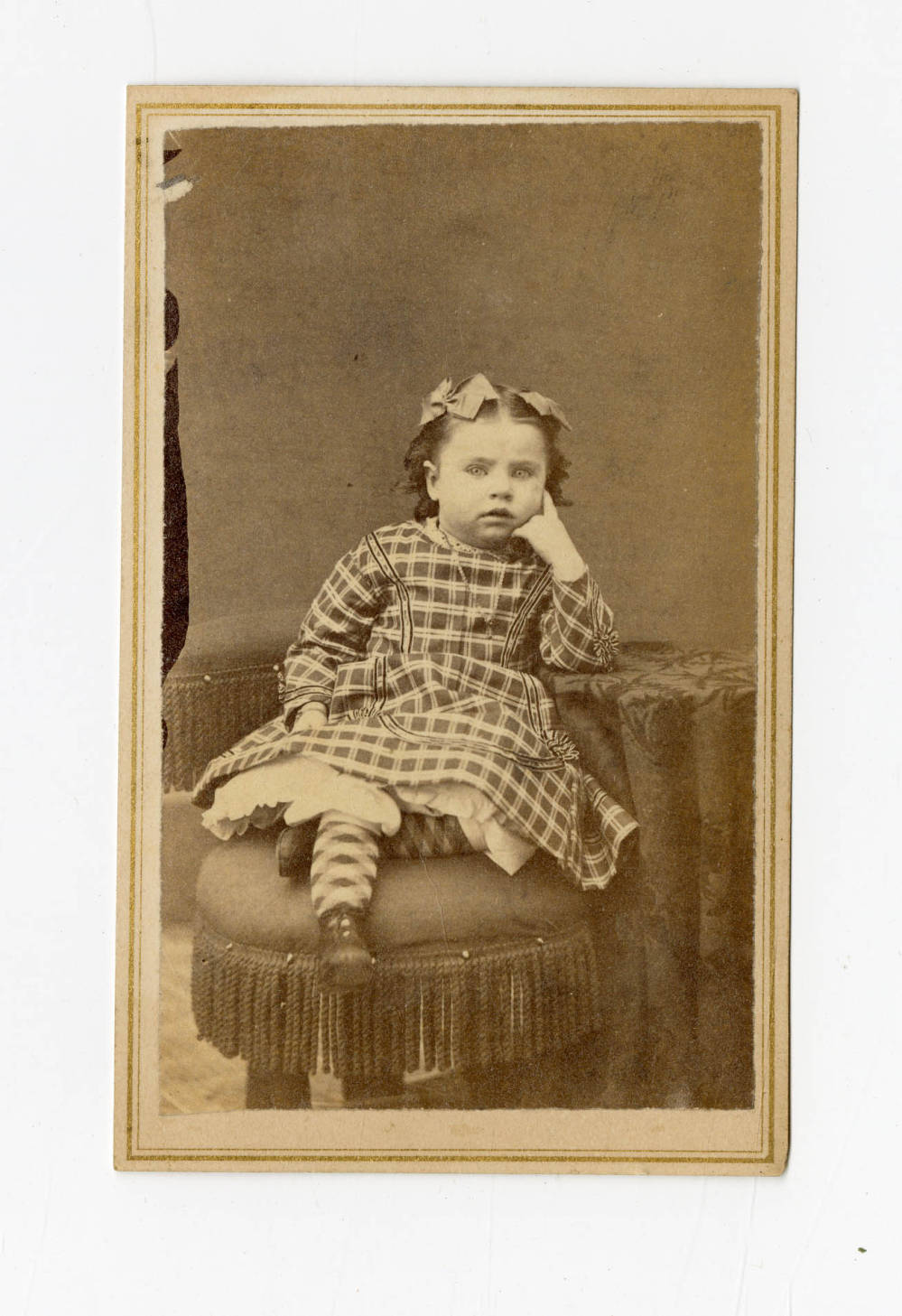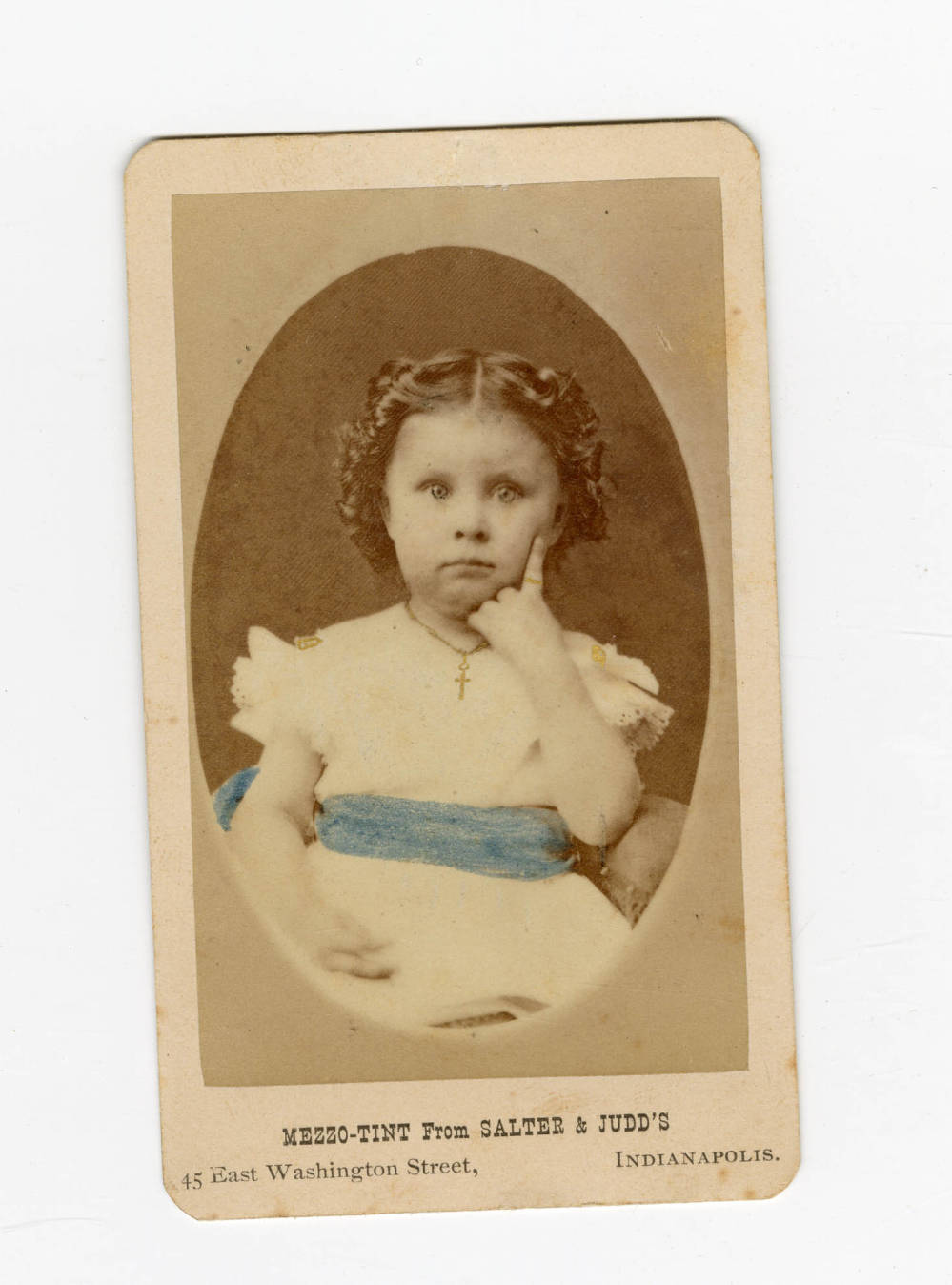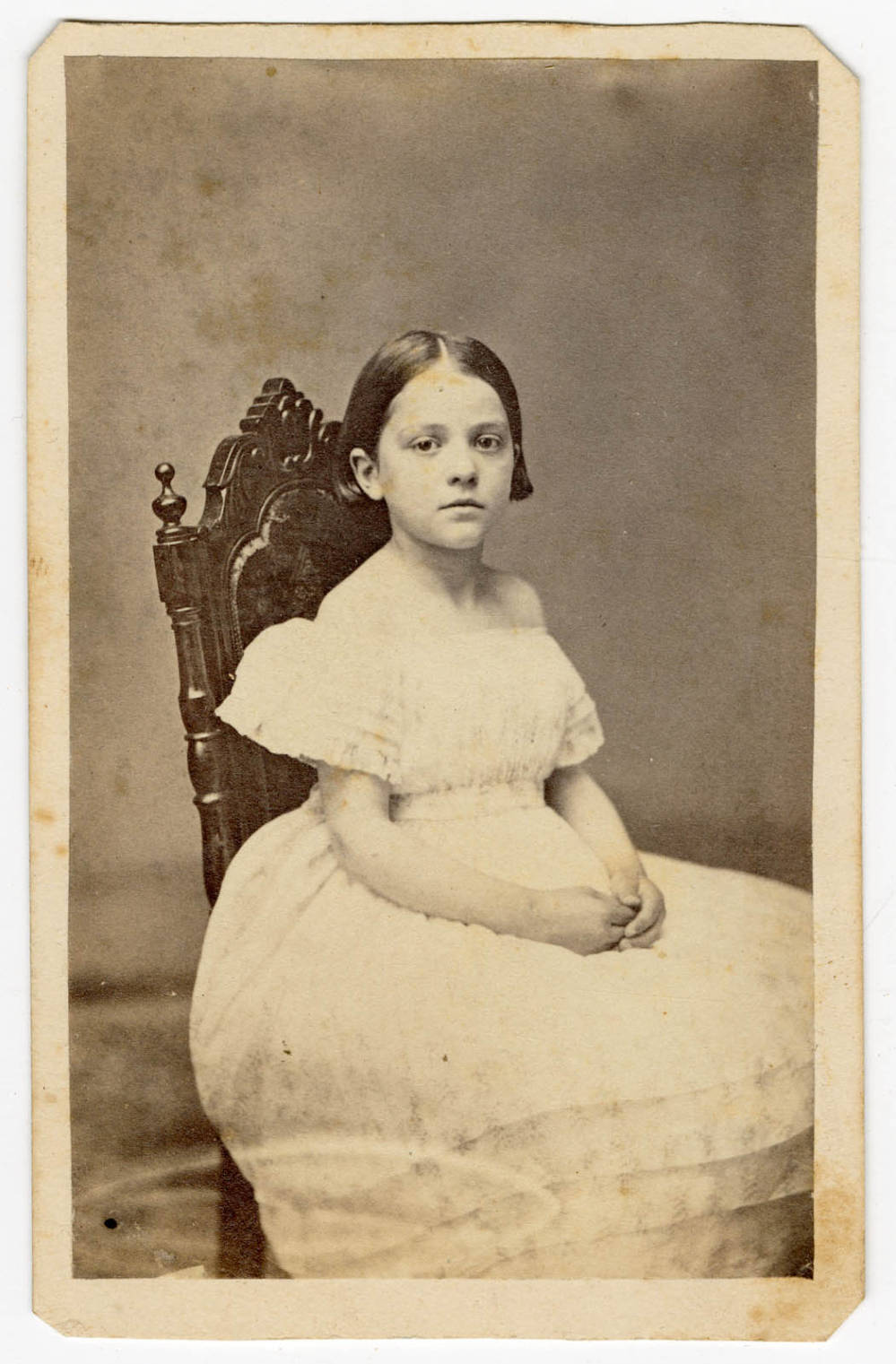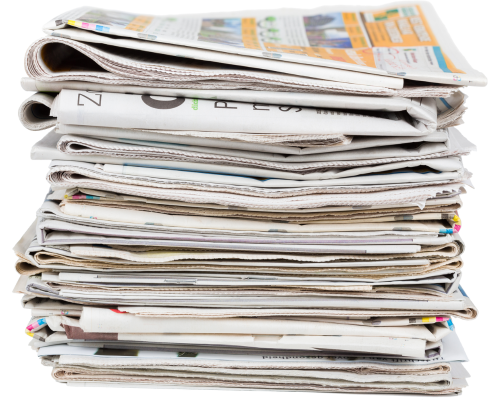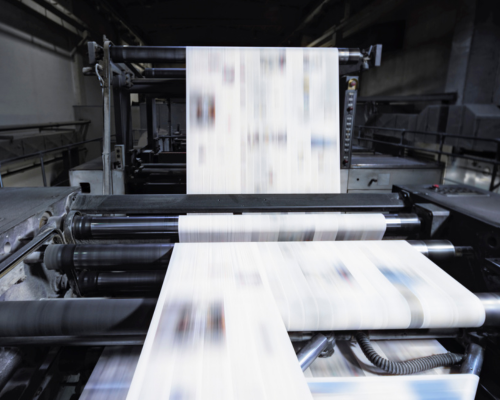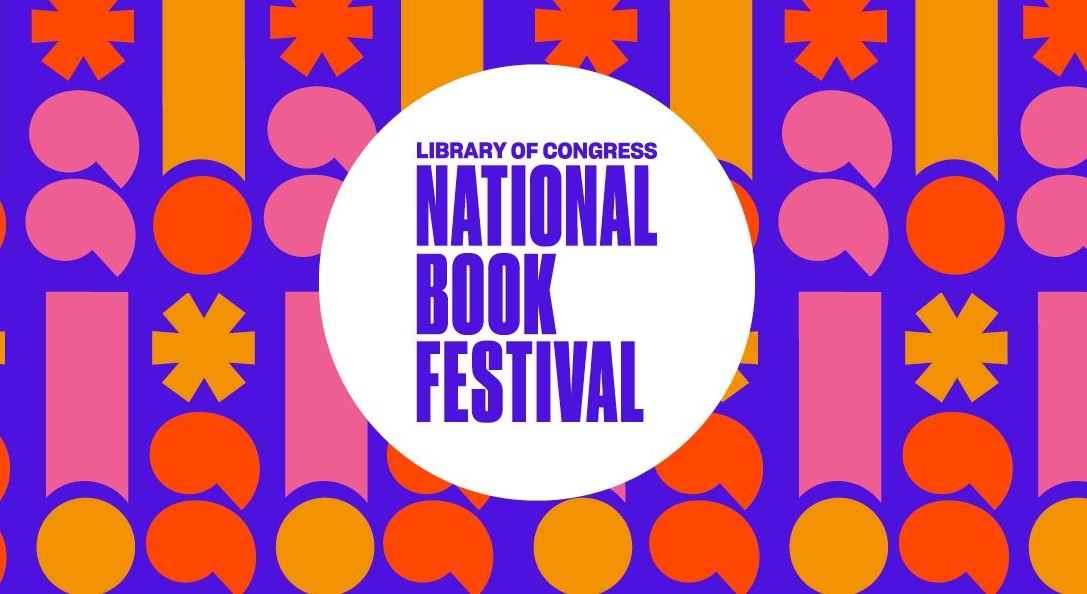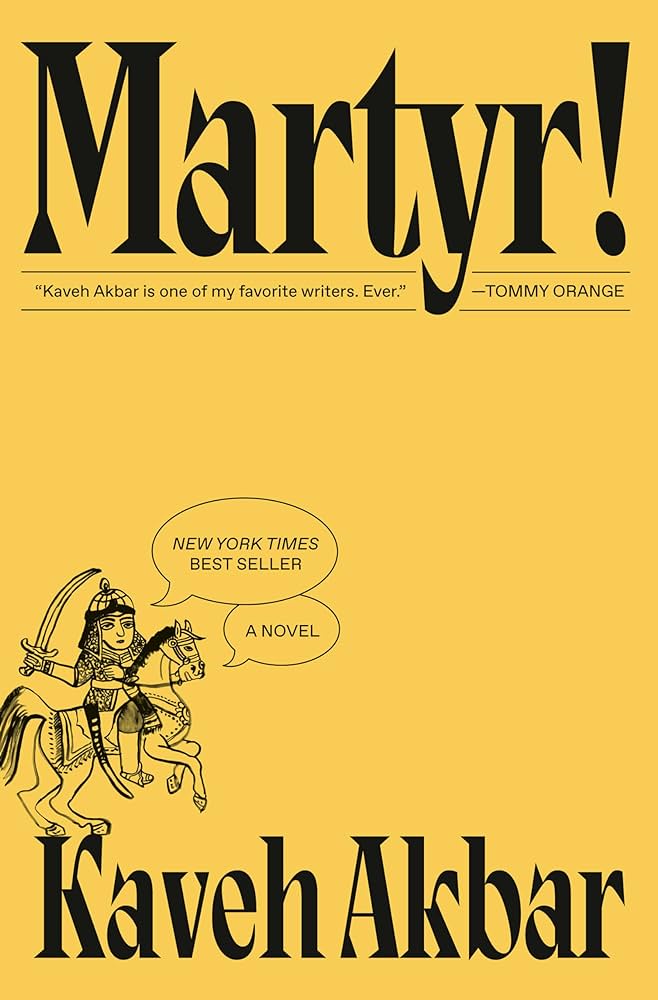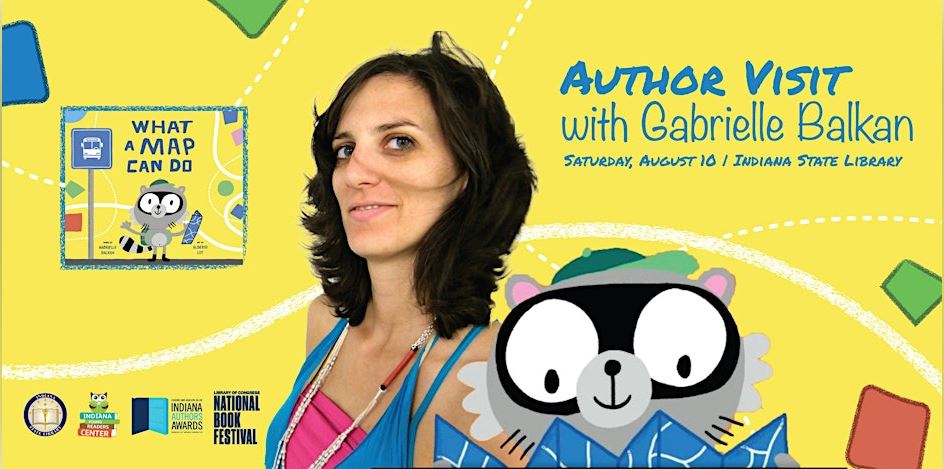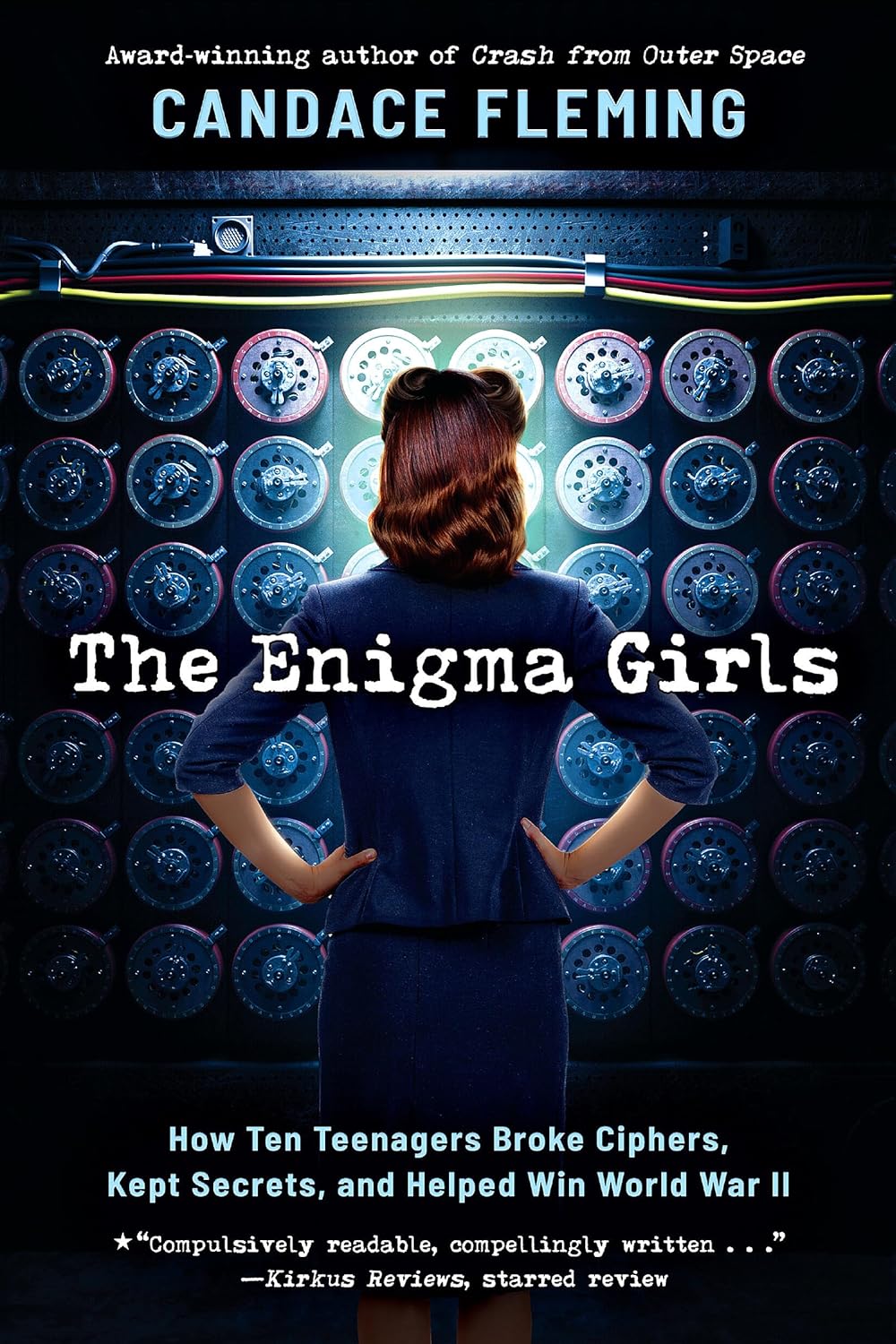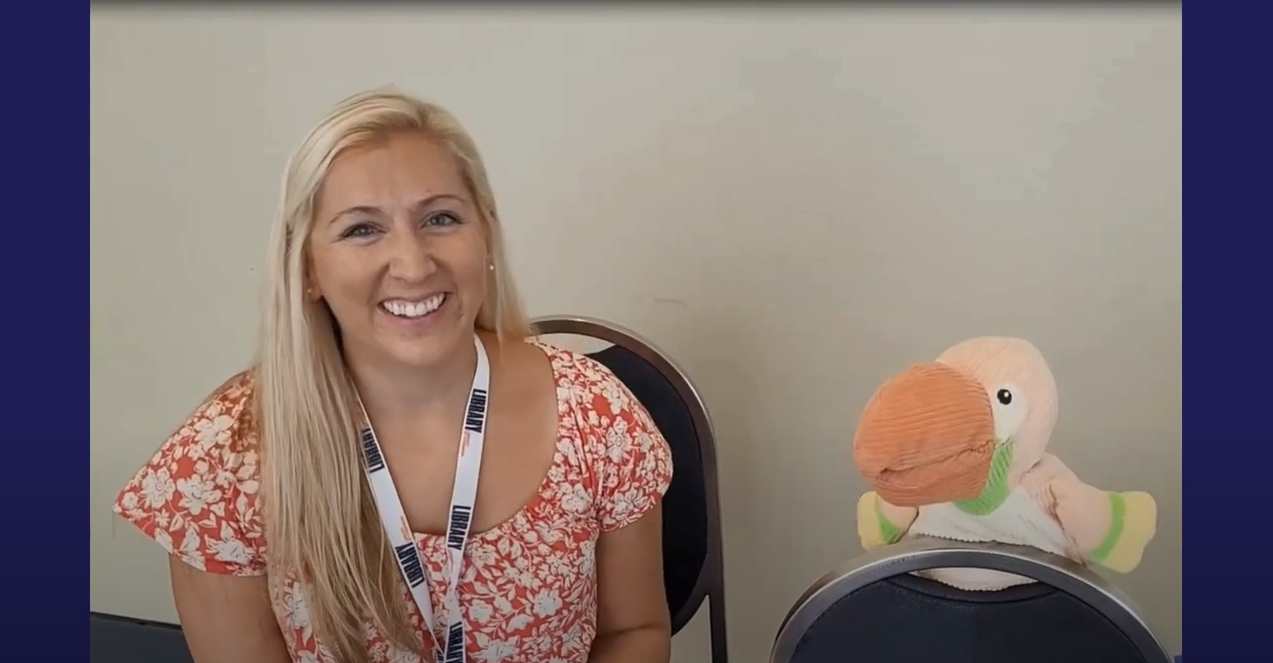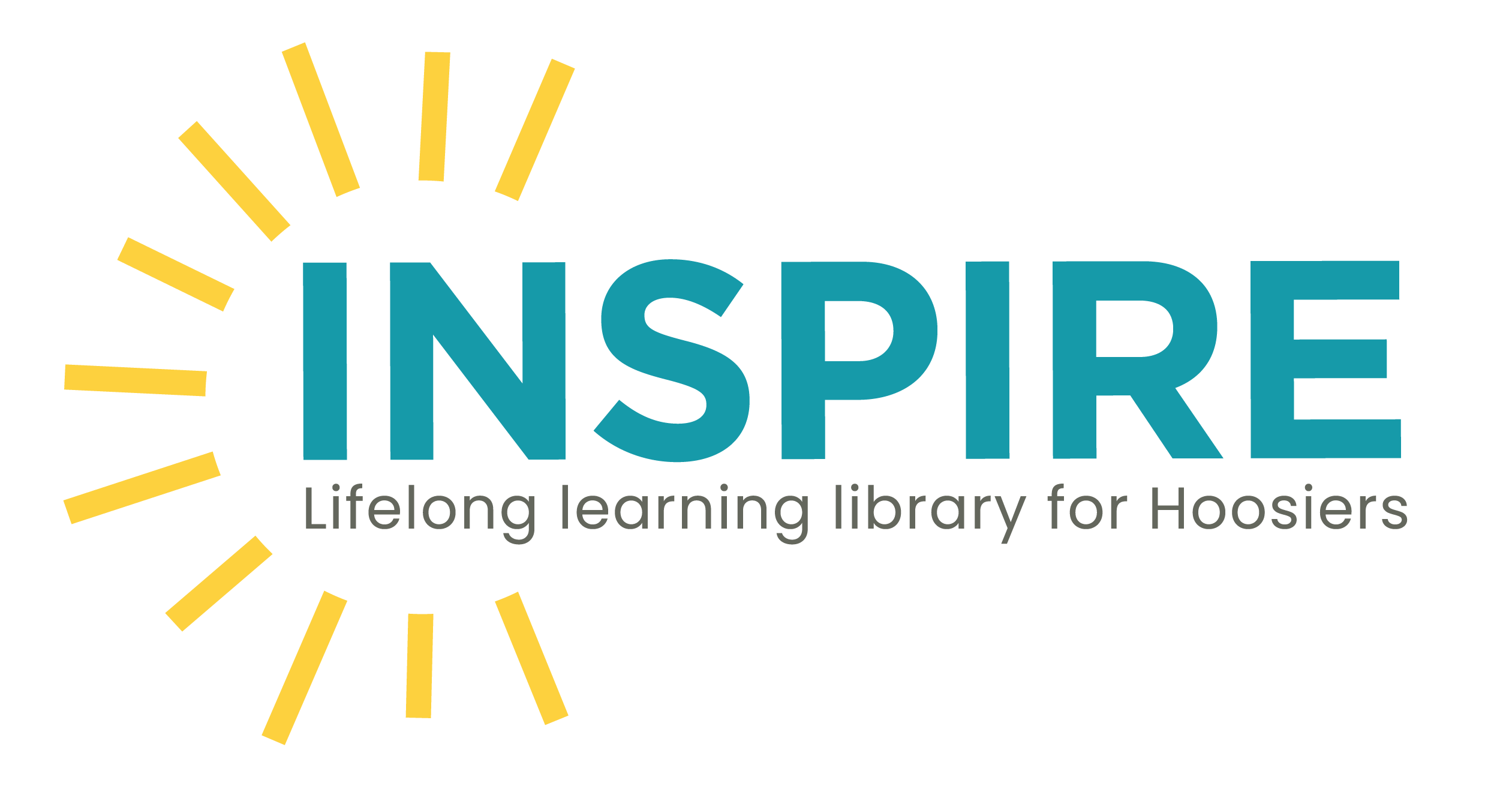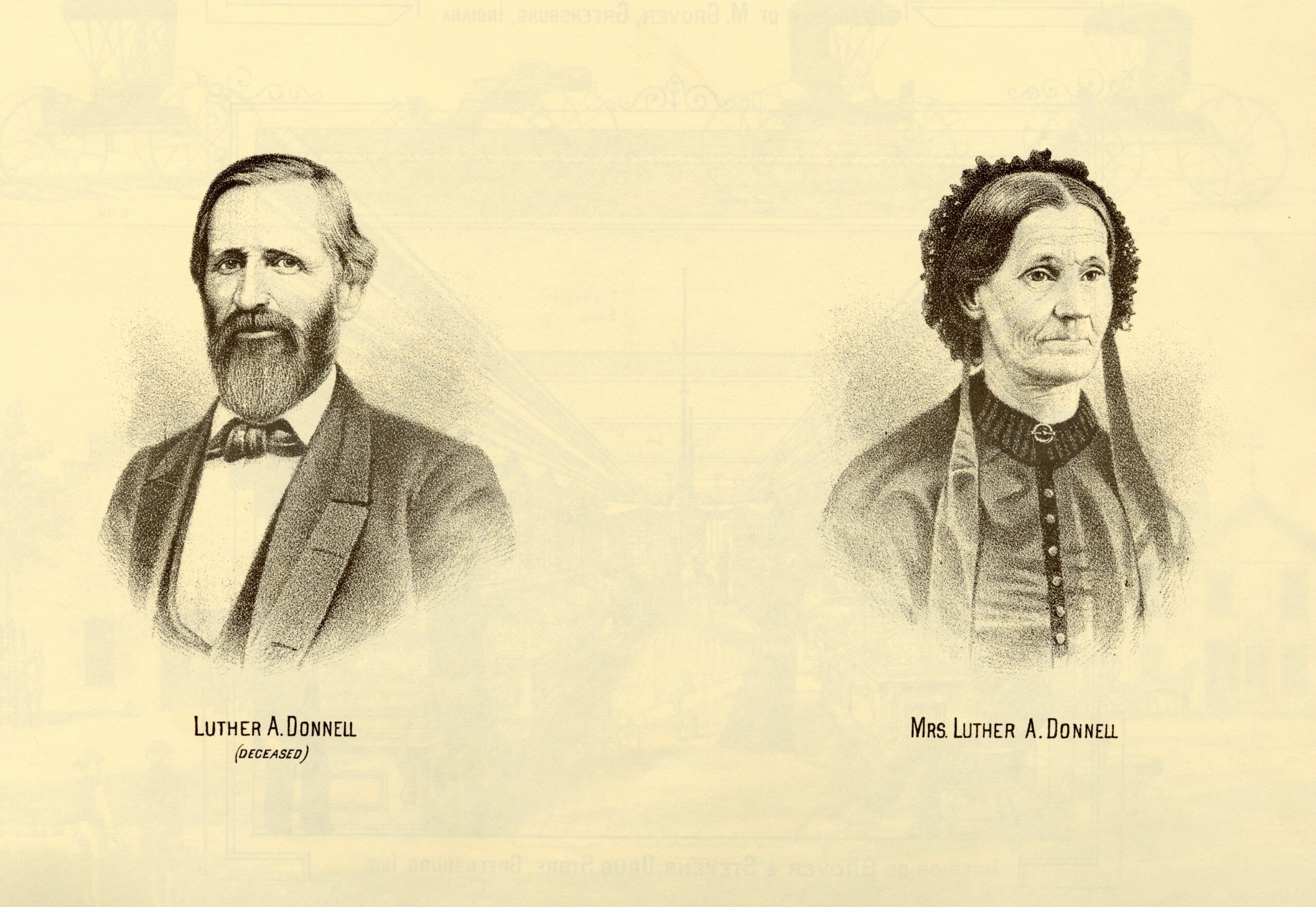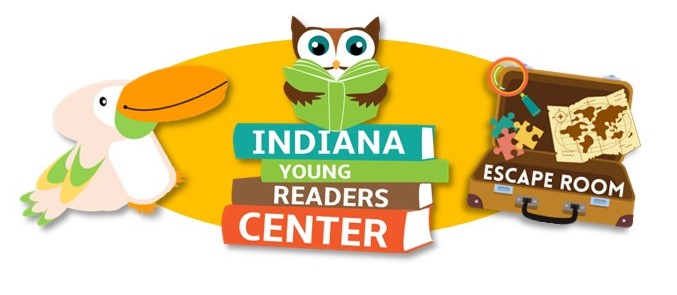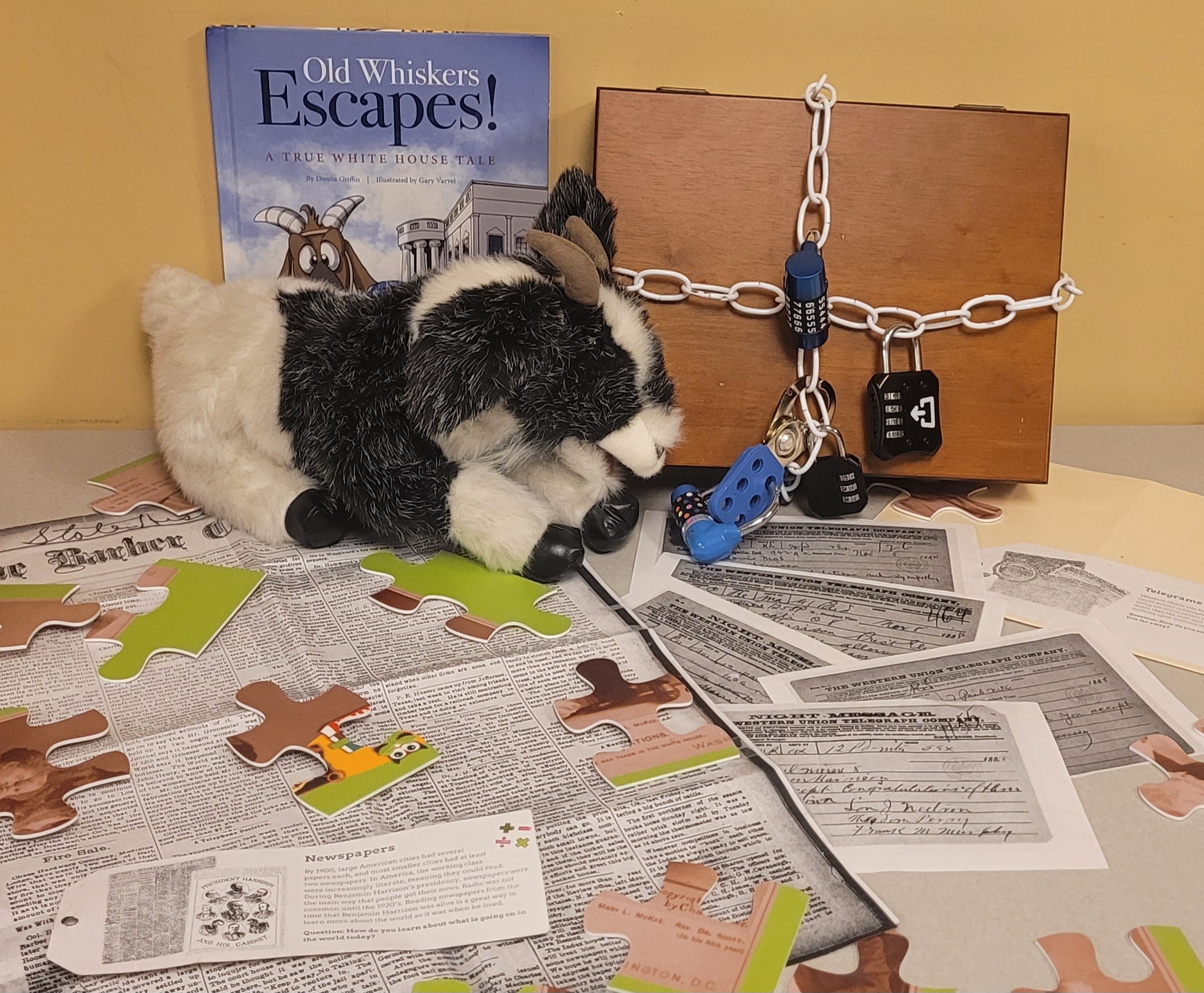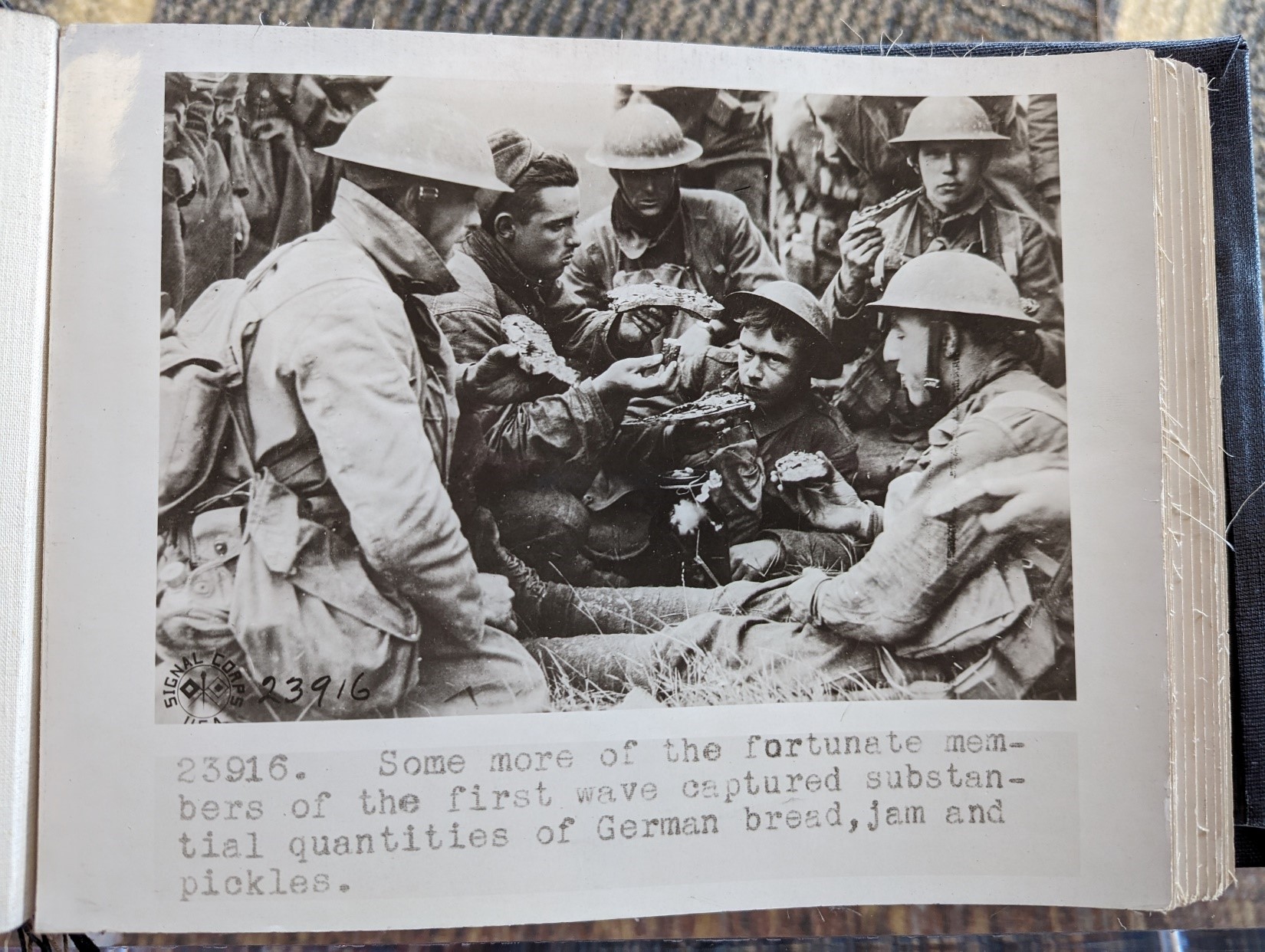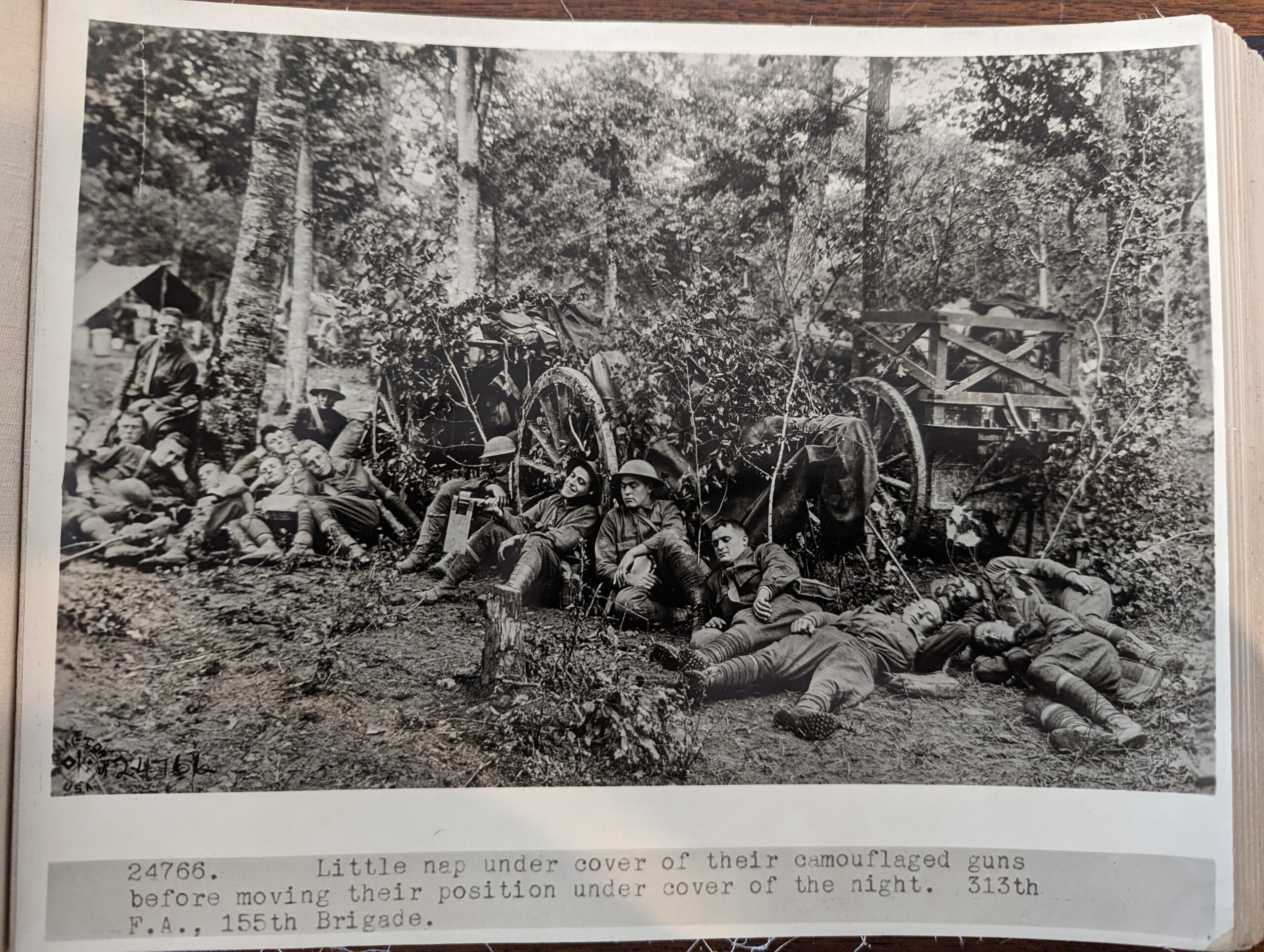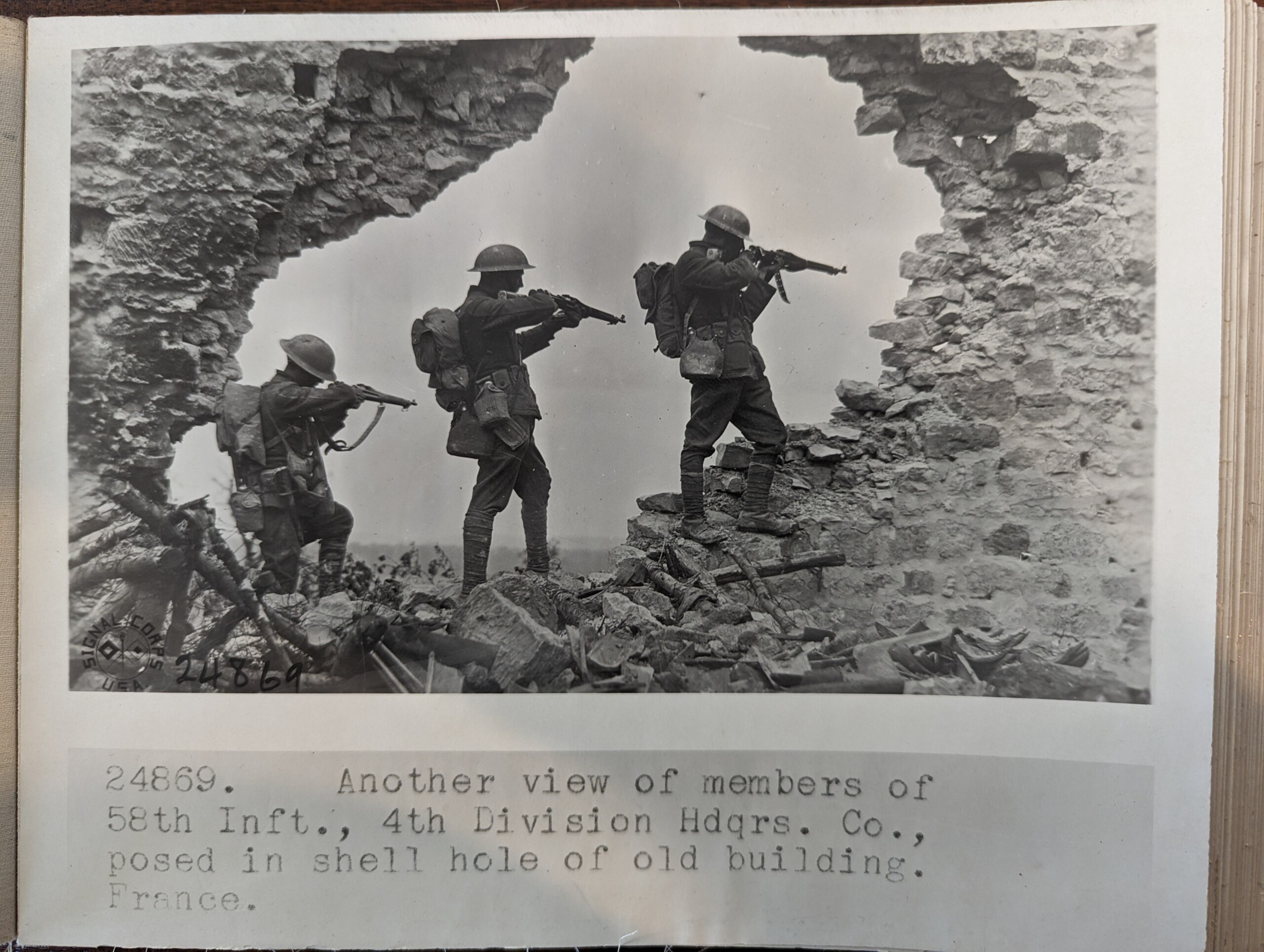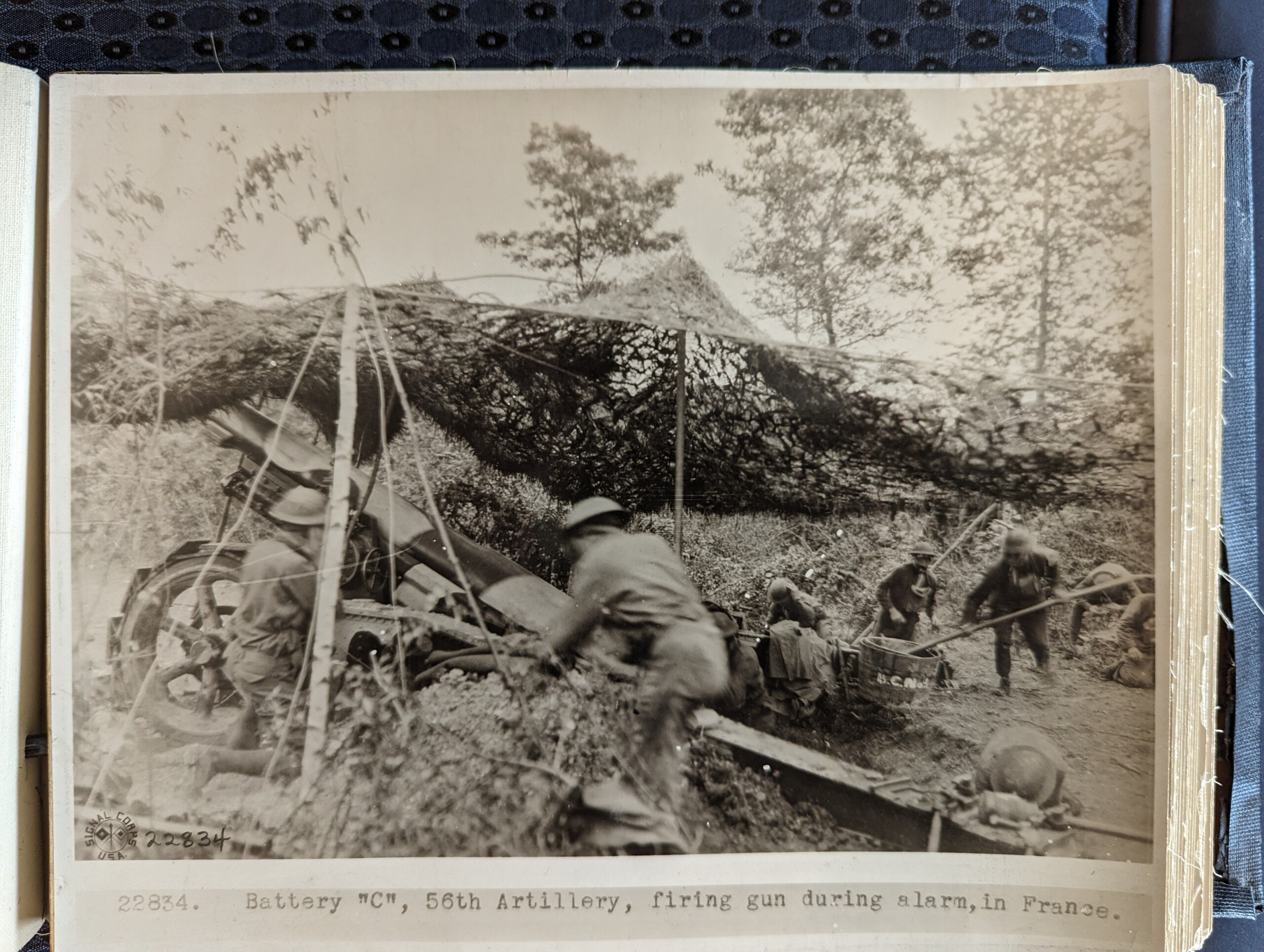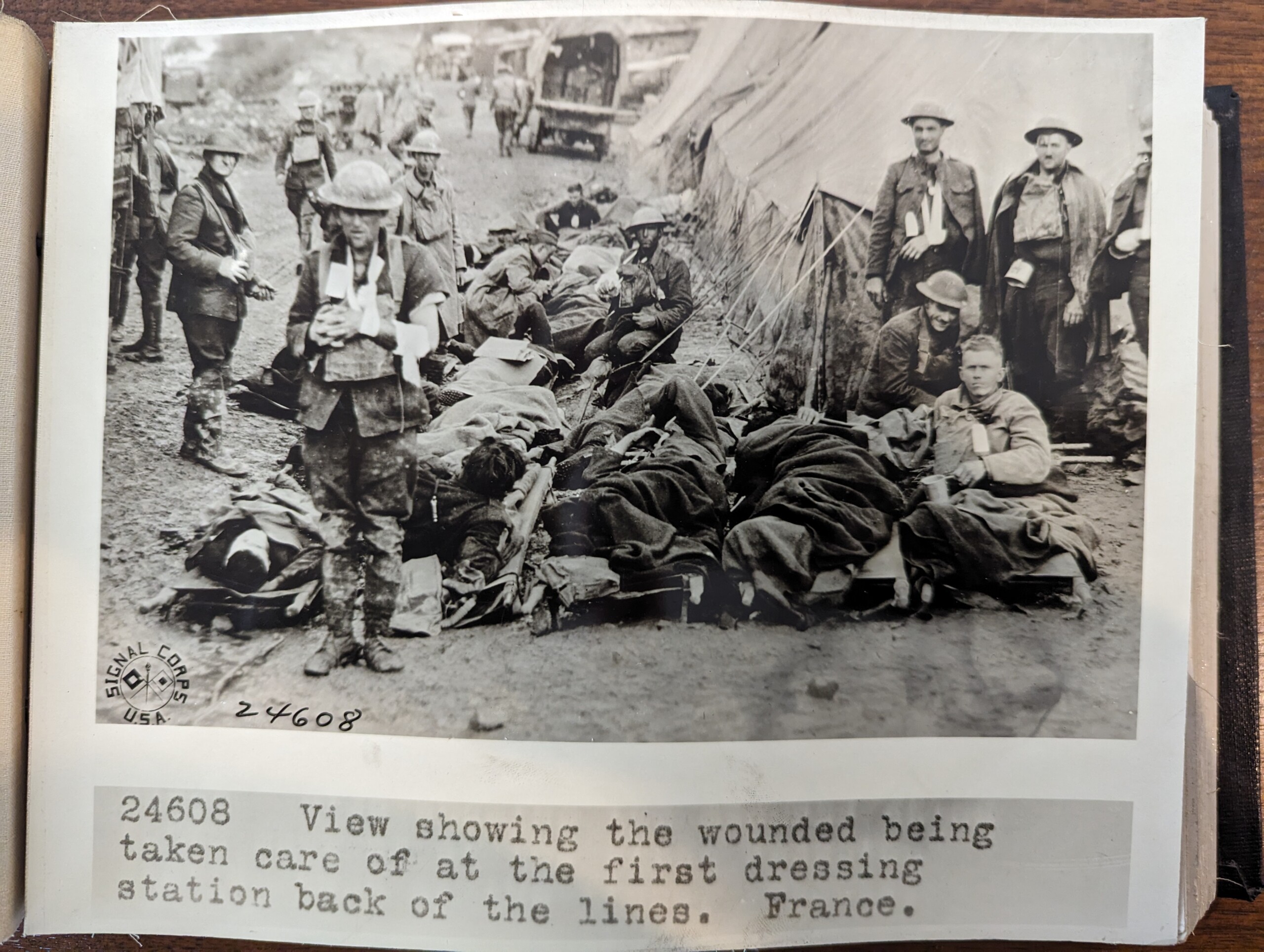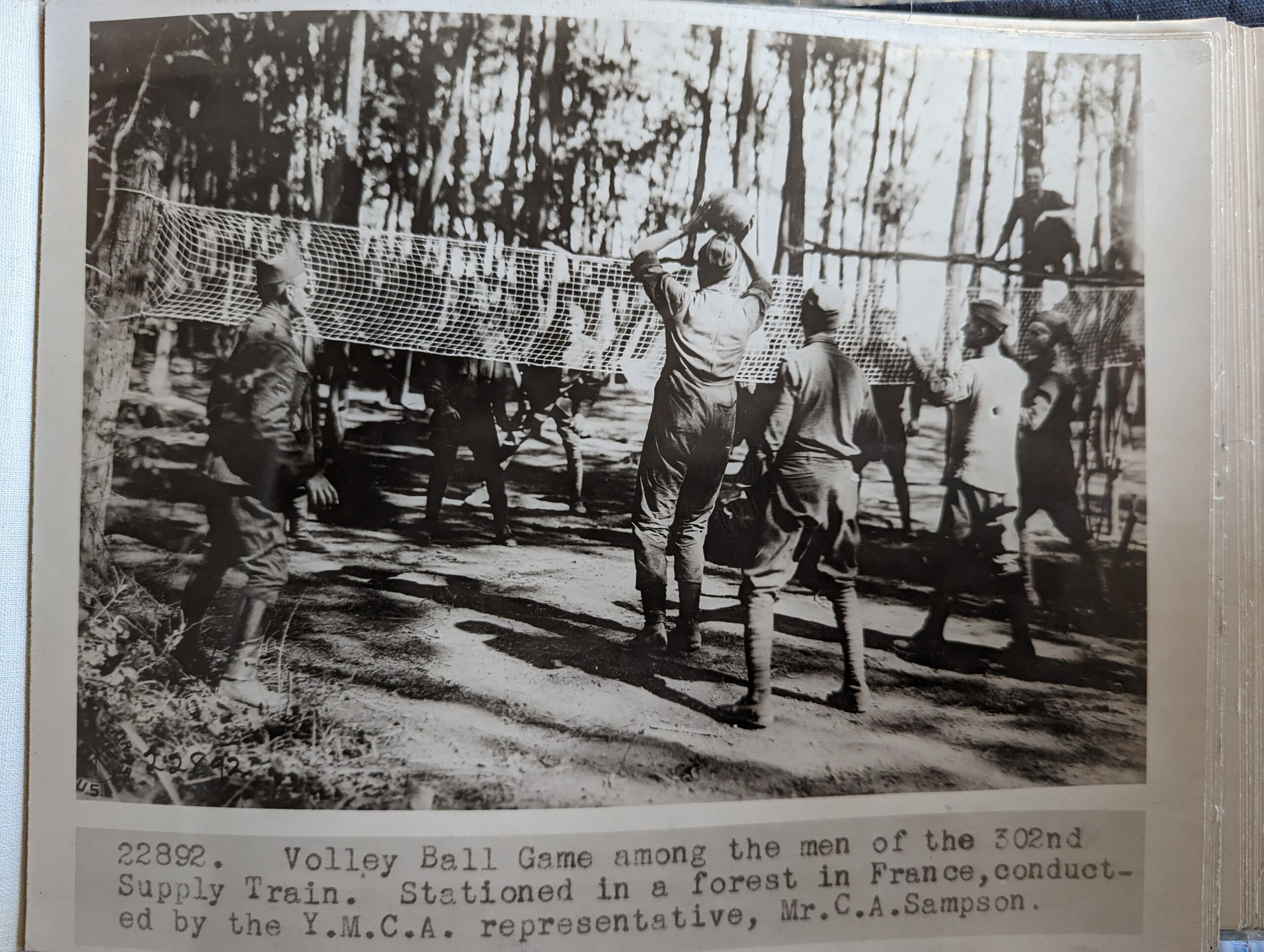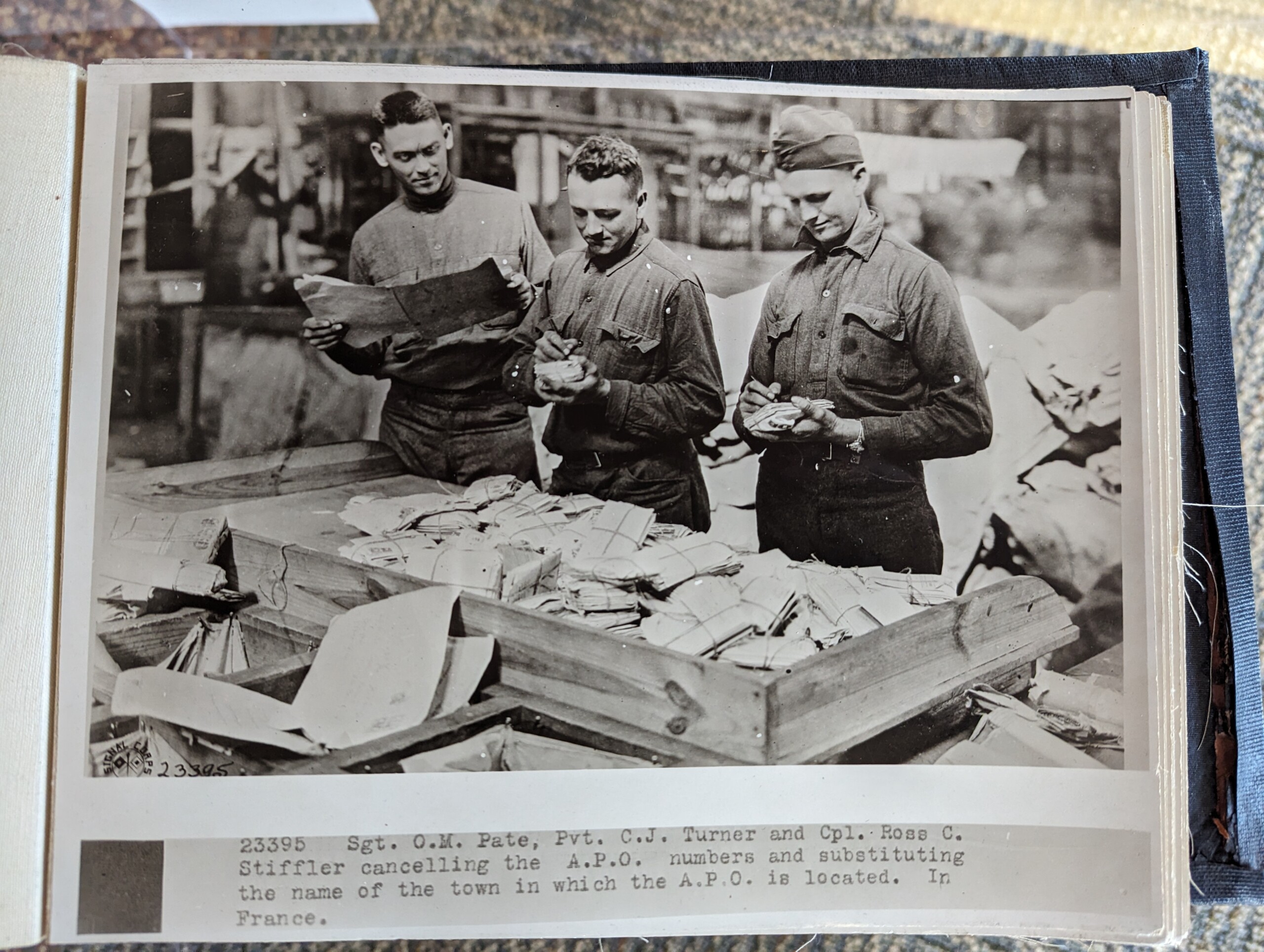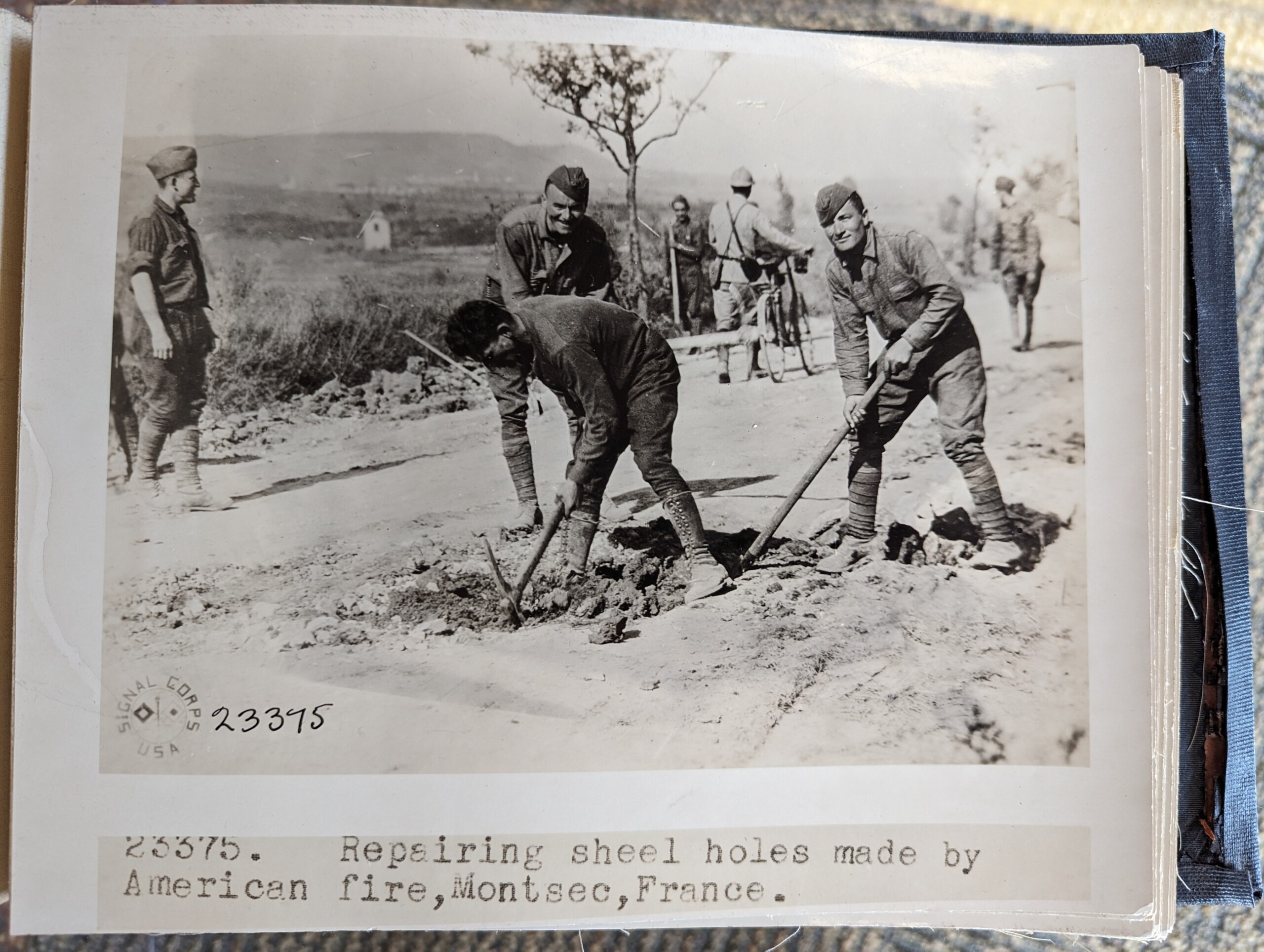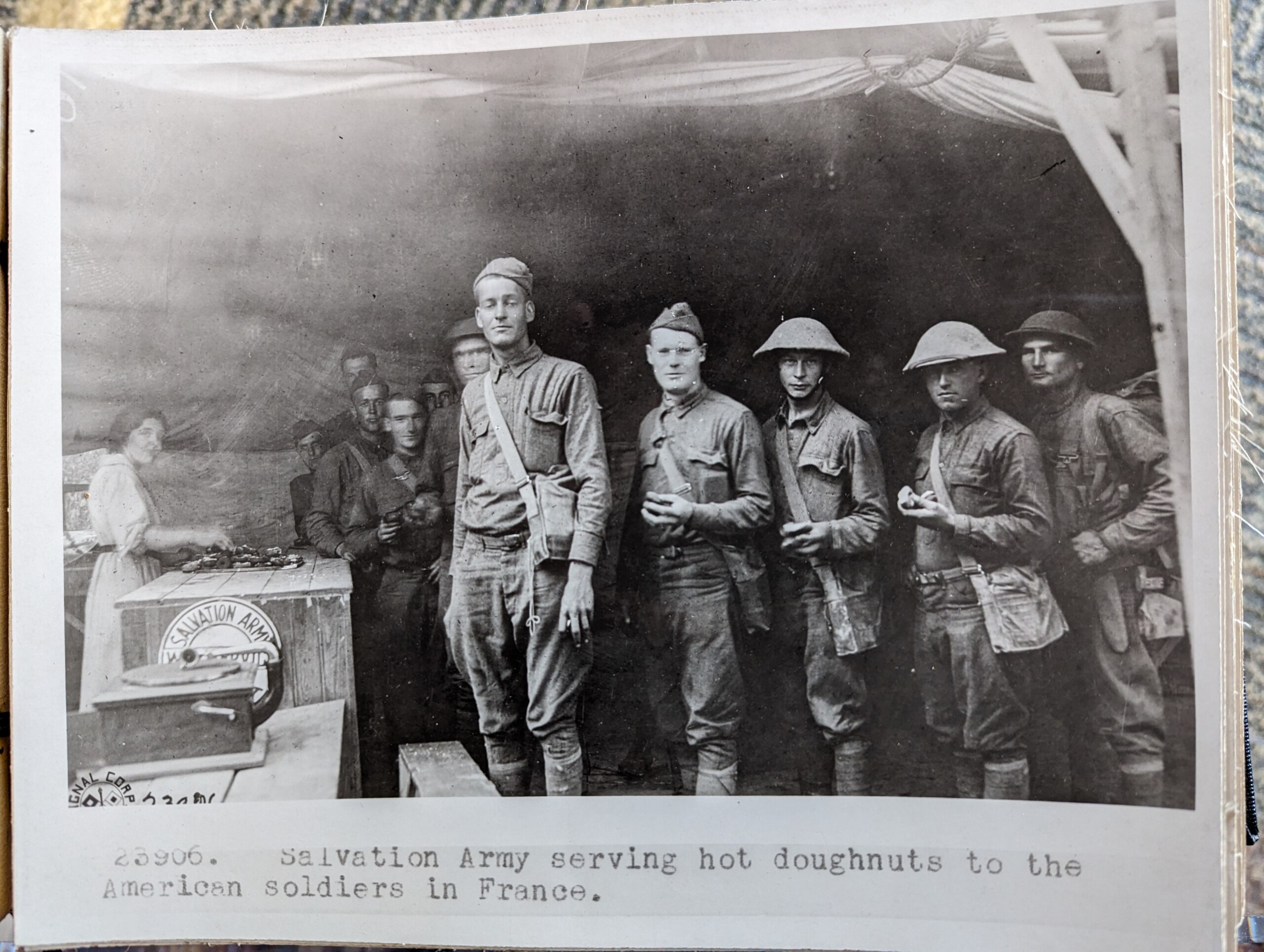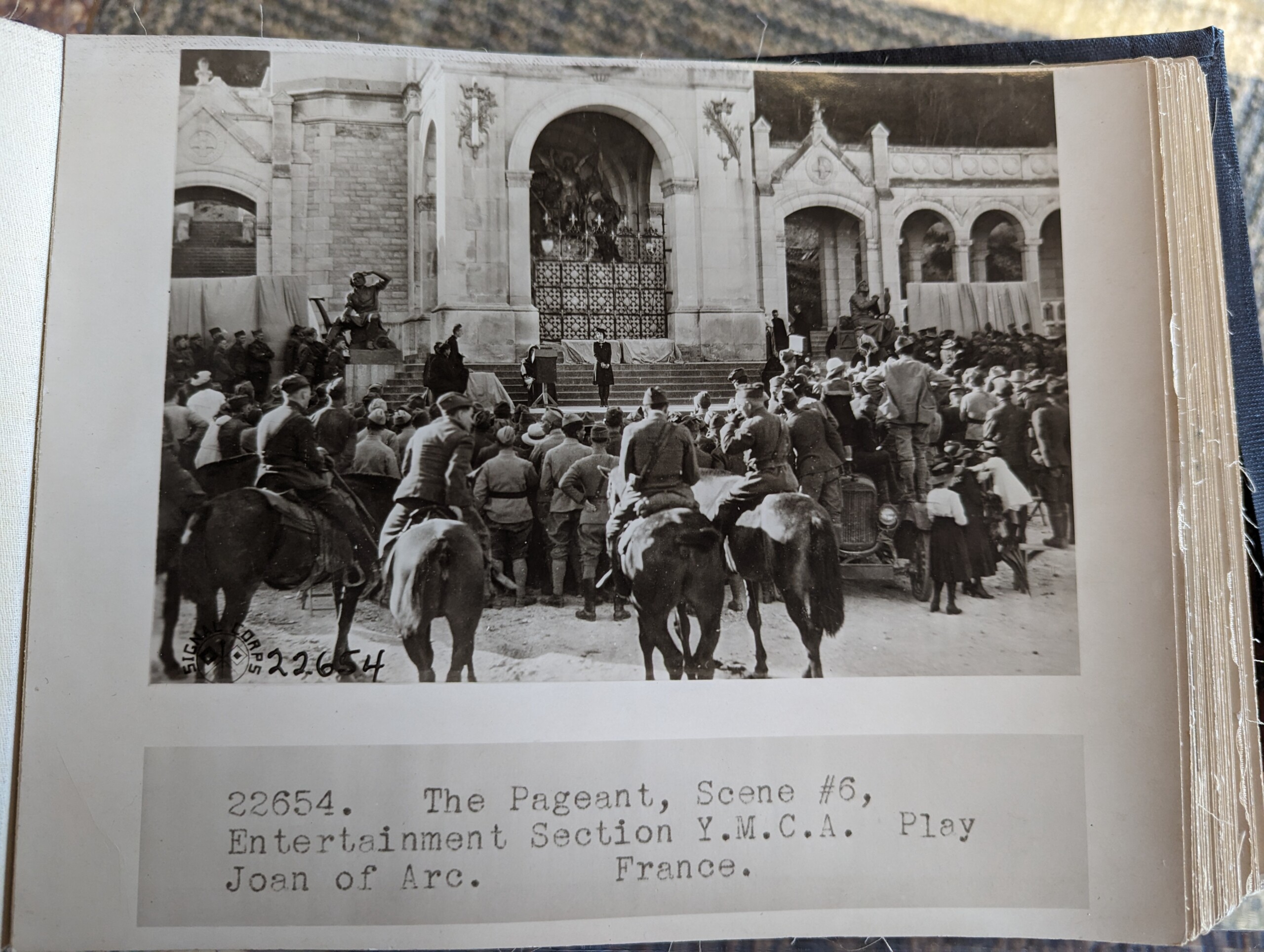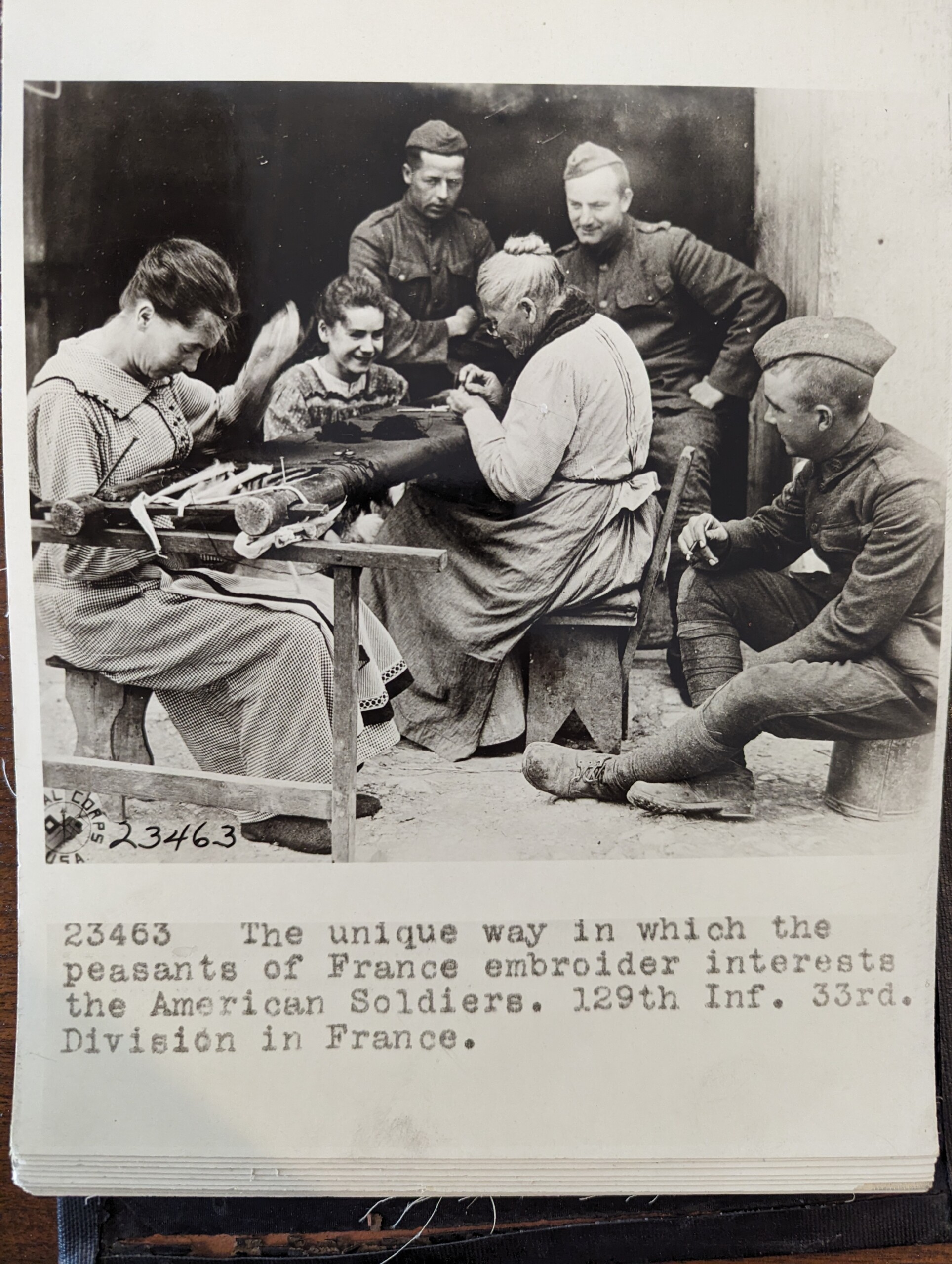The popular Genealogy and Local History Fair will return to the Indiana State Library on Saturday, Oct. 26, from 10:30 a.m.-3:30 p.m.
This year’s theme is “At the Crossroads of America: Westward Migration and Family History,” and will examine where the ancestors of many Americans went after they arrived in the United States, and how they got there. The fair will feature a full day of genealogy presentations and exhibitors.
Registration is not required but is preferred. Click here to register and to read more details about the presentations and speaker.
Indiana library staff can receive up to three LEUs for attending. Those seeking LEUs should register for recordkeeping purposes.
Parking validation will be available for attendees who park in the Senate Avenue parking garage directly across from the library and bring their ticket in for validation.
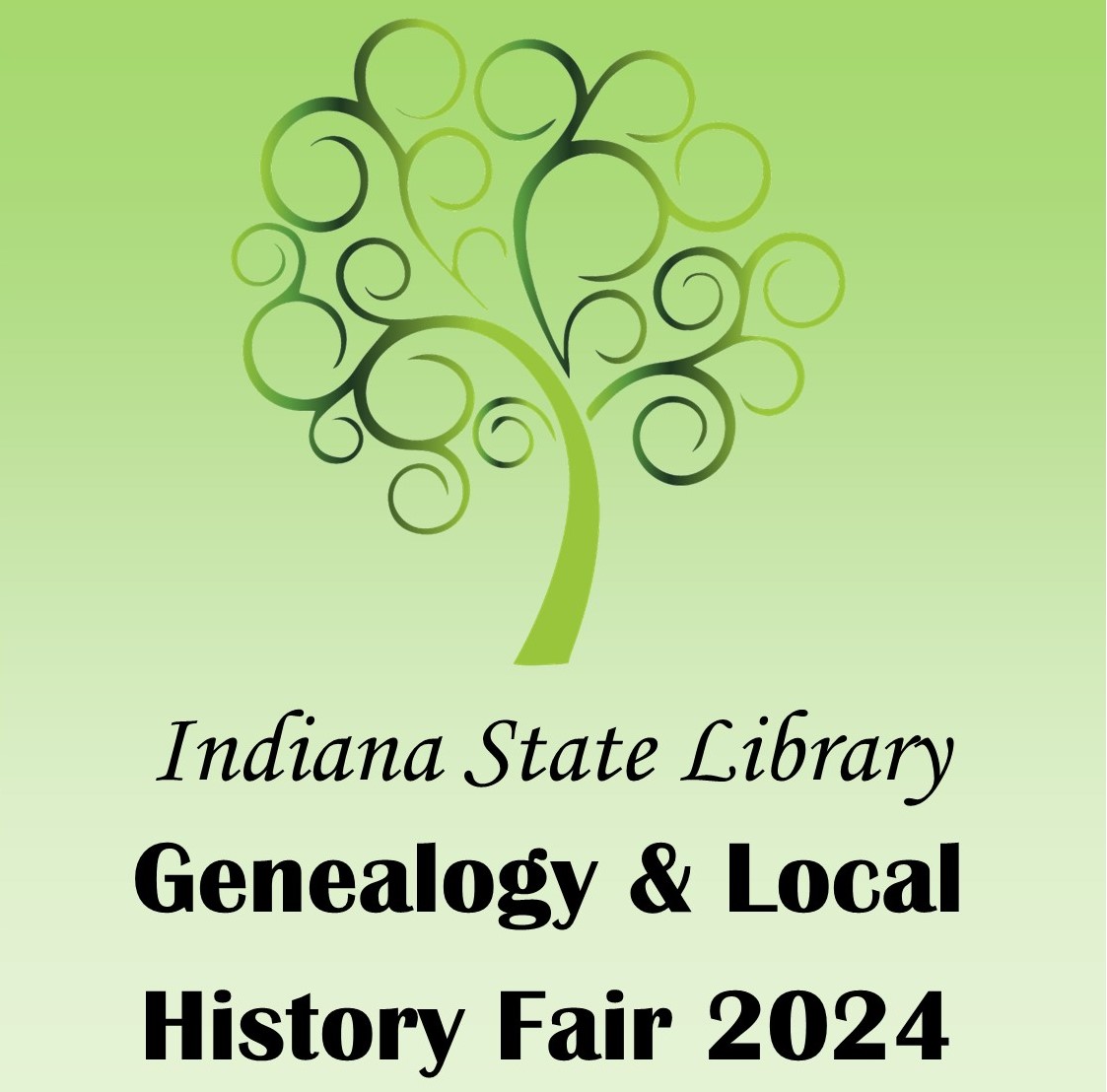 Eleanor Brinsko will present “Westward Ho: Migrations Methods of the United States.” Brinsko will focus on the people who have called the land called America “home” and the methods they chose to migrate across the country. Questions like “How did they get to their chosen place of settlement?” and “What modes of transportation were available?” will be answered.
Eleanor Brinsko will present “Westward Ho: Migrations Methods of the United States.” Brinsko will focus on the people who have called the land called America “home” and the methods they chose to migrate across the country. Questions like “How did they get to their chosen place of settlement?” and “What modes of transportation were available?” will be answered.
Annette Burke Lyttle will present “How Advertising Brought Our Ancestors to the Midwest.” Business owners, land speculators and communities wishing to grow all turned to various forms of advertising to entice people to migrate to the Midwestern territories and states. Lyttle will look at what kinds of messages these ads used in order to make hard work and pioneer living seem attractive.
Lyttle will also present “The National Road: America’s First Federal Highway.” Built between 1811 and 1837, the National Road was the first federally-funded highway in America. Extending from Maryland to the frontier of Illinois, this migration route allowed thousands of people to settle in the Midwest.
Eleanor Brinsko is a genealogist who does European-American genealogy by looking at genealogical and social trends on both sides of the Atlantic. Eleanor has given lectures for the Wisconsin Historical Society and public libraries, genealogical societies and family reunions around the United States. She taught a graduate-level course on genealogy at the University of Wisconsin-Madison’s iSchool and is also a contributor to the show “PBS’ Finding Your Roots with Henry Louis Gates Jr.”
Annette Burke Lyttle, CG® owns Heritage Detective, LLC, providing professional genealogical services in research, education and writing. She speaks on a variety of genealogical topics at the international, national, state and local levels and loves helping people uncover and share their family stories. Annette is a course coordinator for the Salt Lake Institute of Genealogy and the British Institute. She is a published writer whose research interests include Quaker ancestors and ancestral migrations in the U.S. She is past president of the Association of Professional Genealogists and editor of The Florida Genealogist.
For questions, or to register as an exhibitor, please email the Genealogy Division of the Indiana State Library.
This blog post is by Jamie Dunn, Genealogy Division supervisor.

